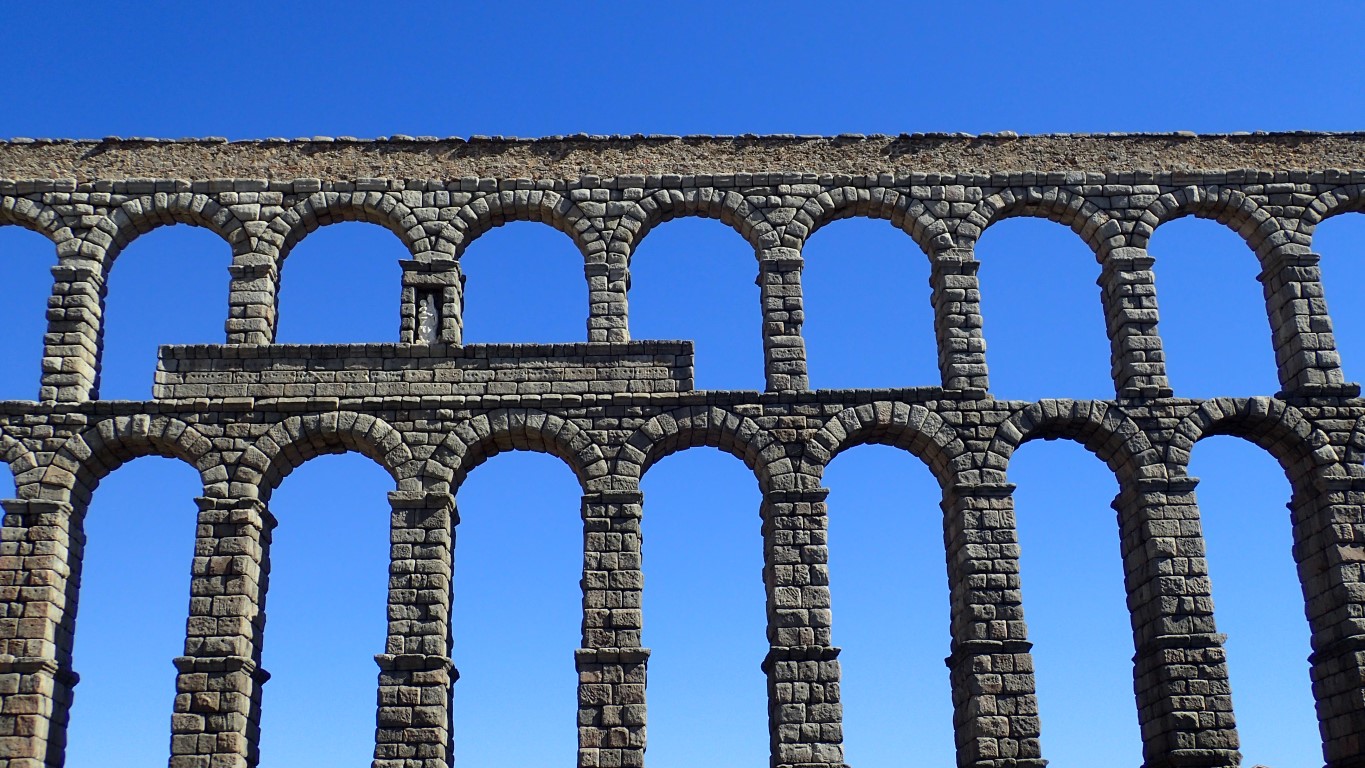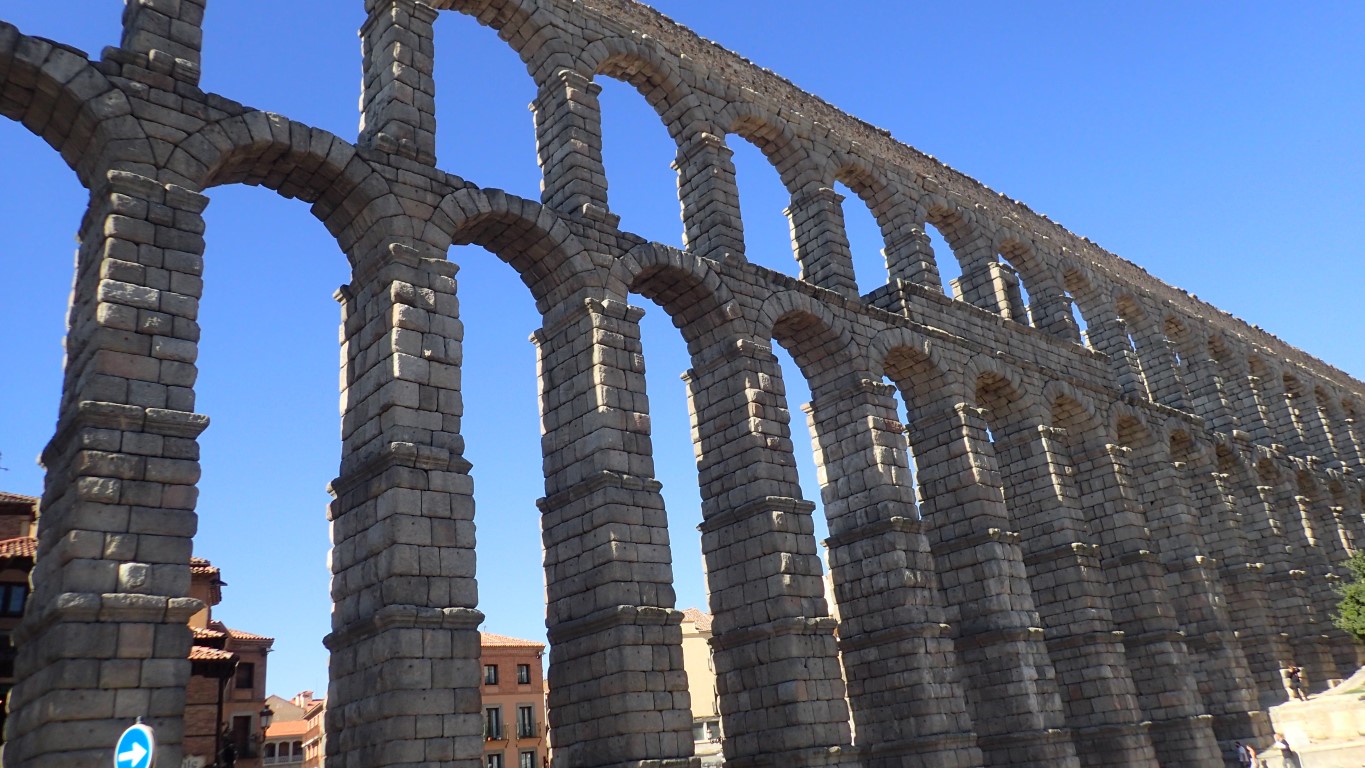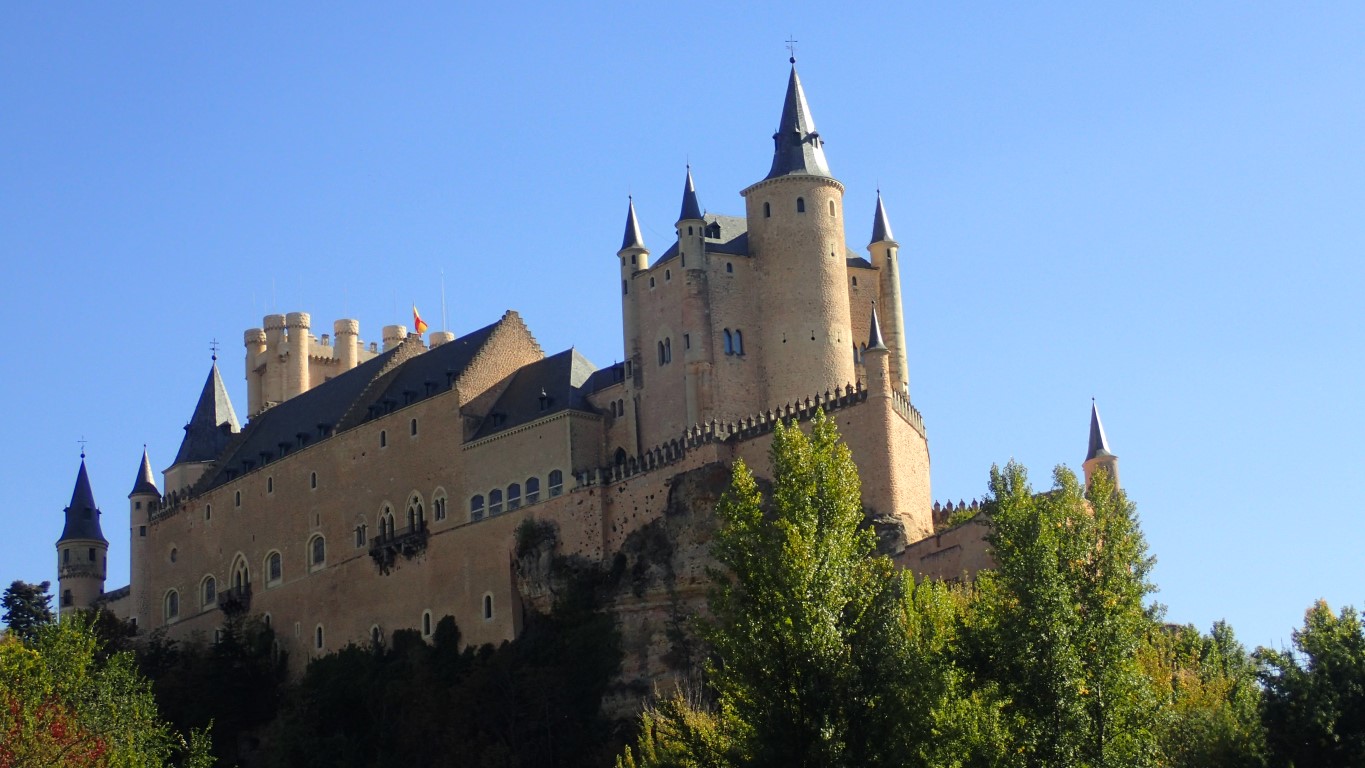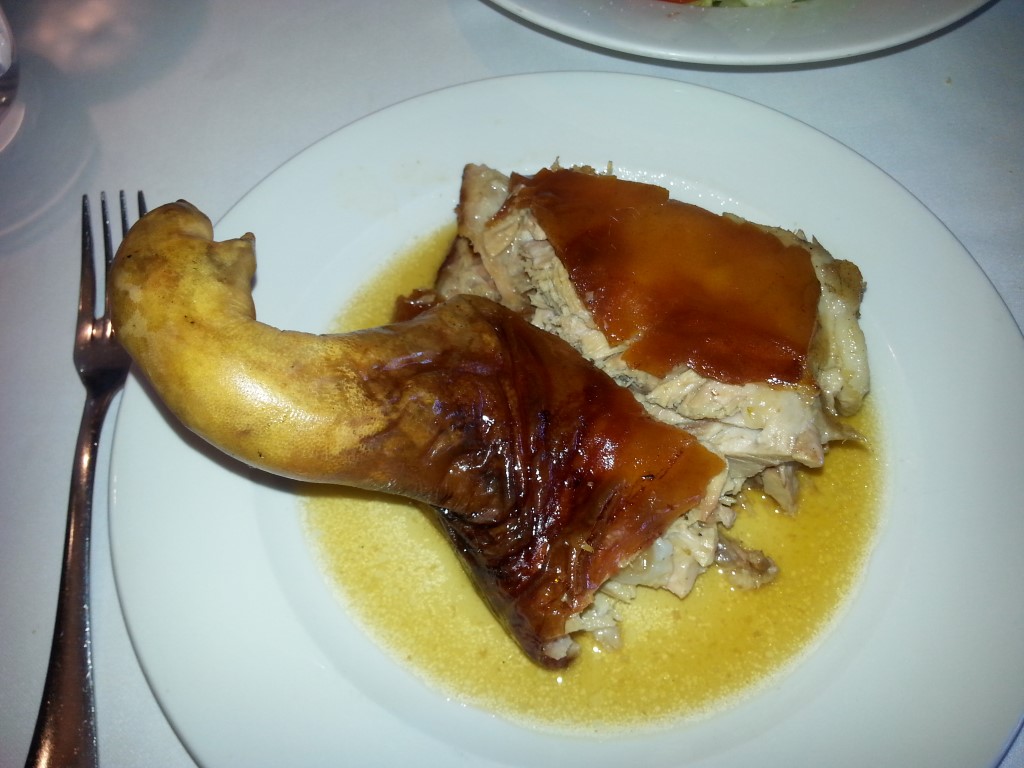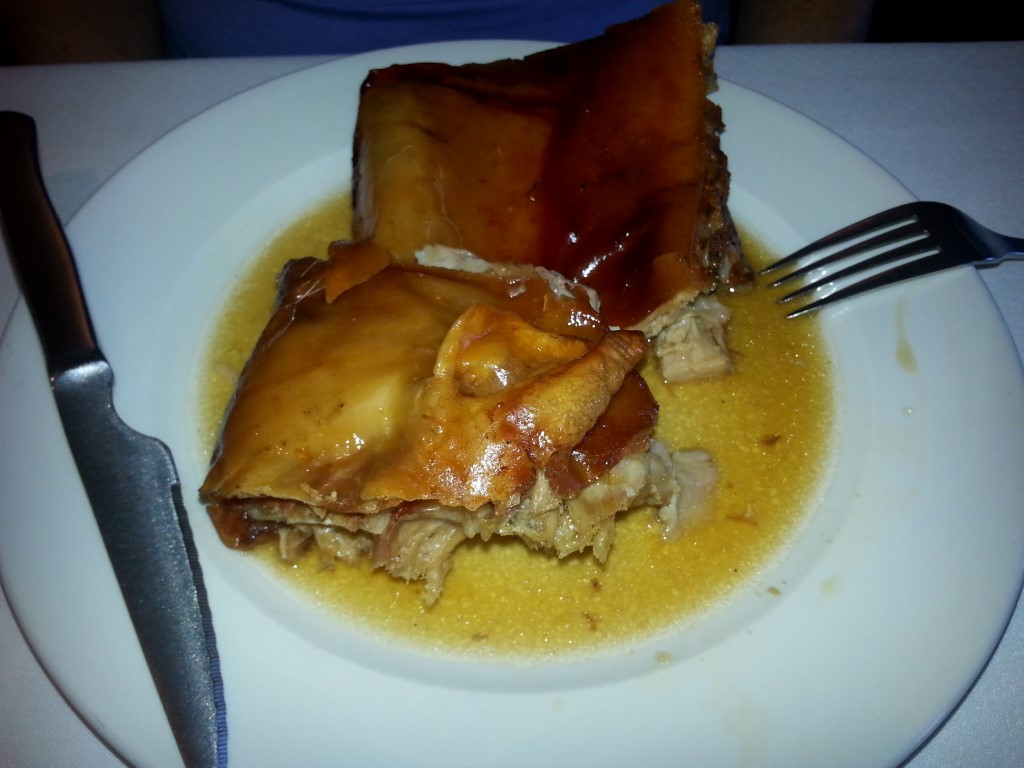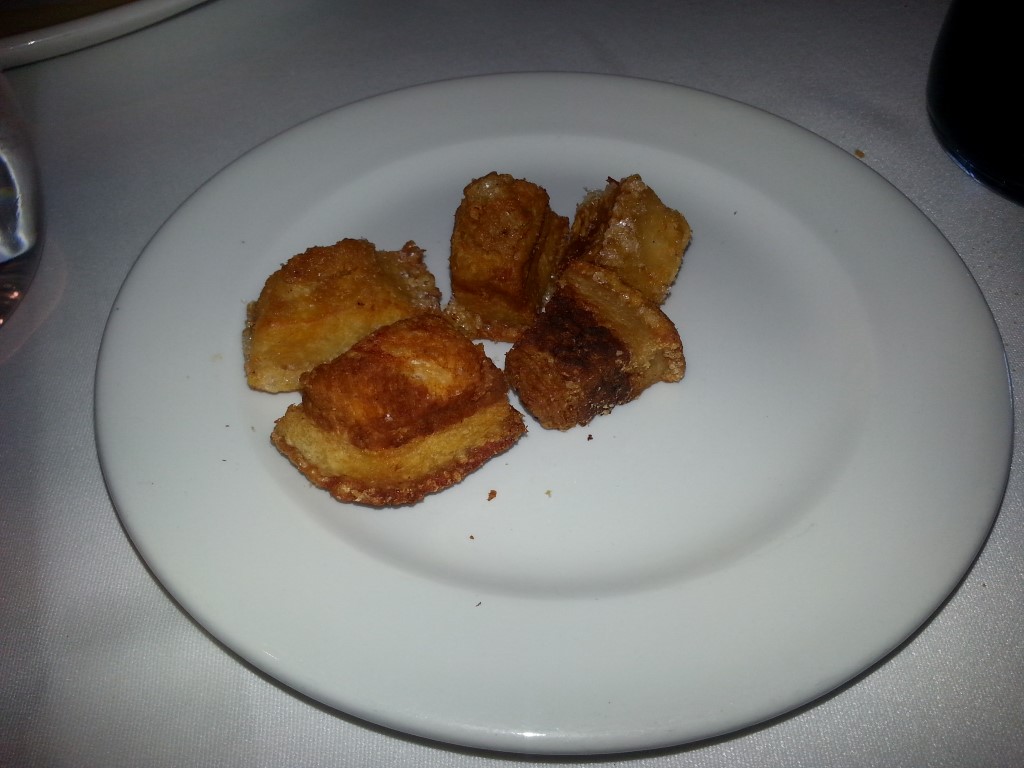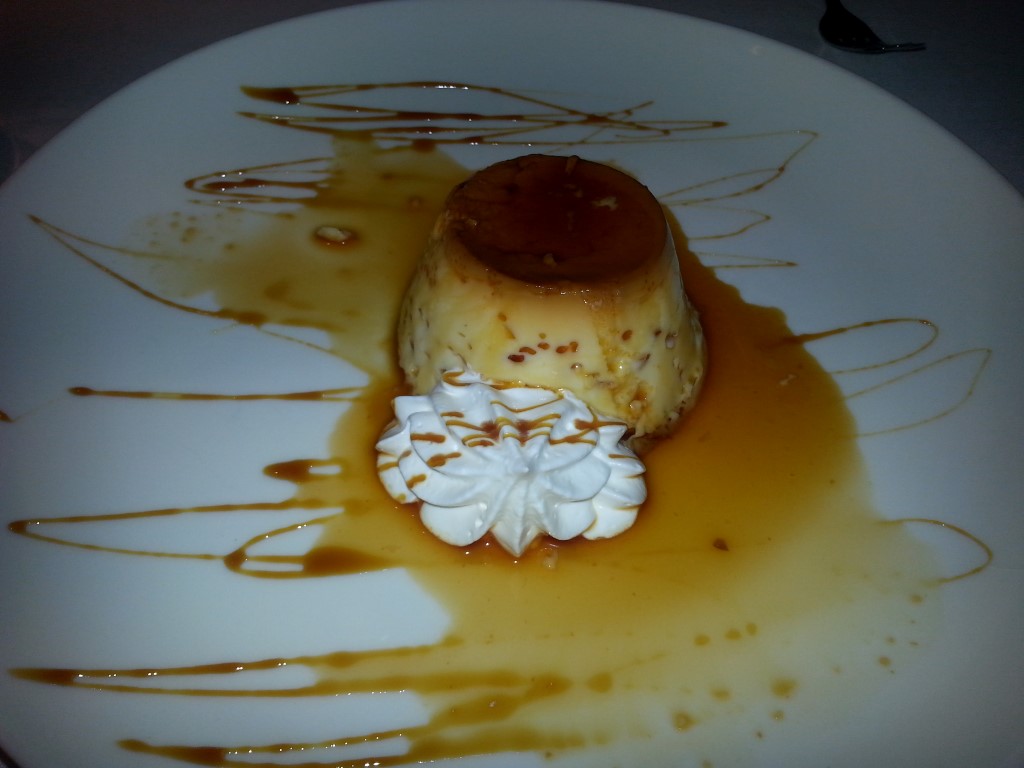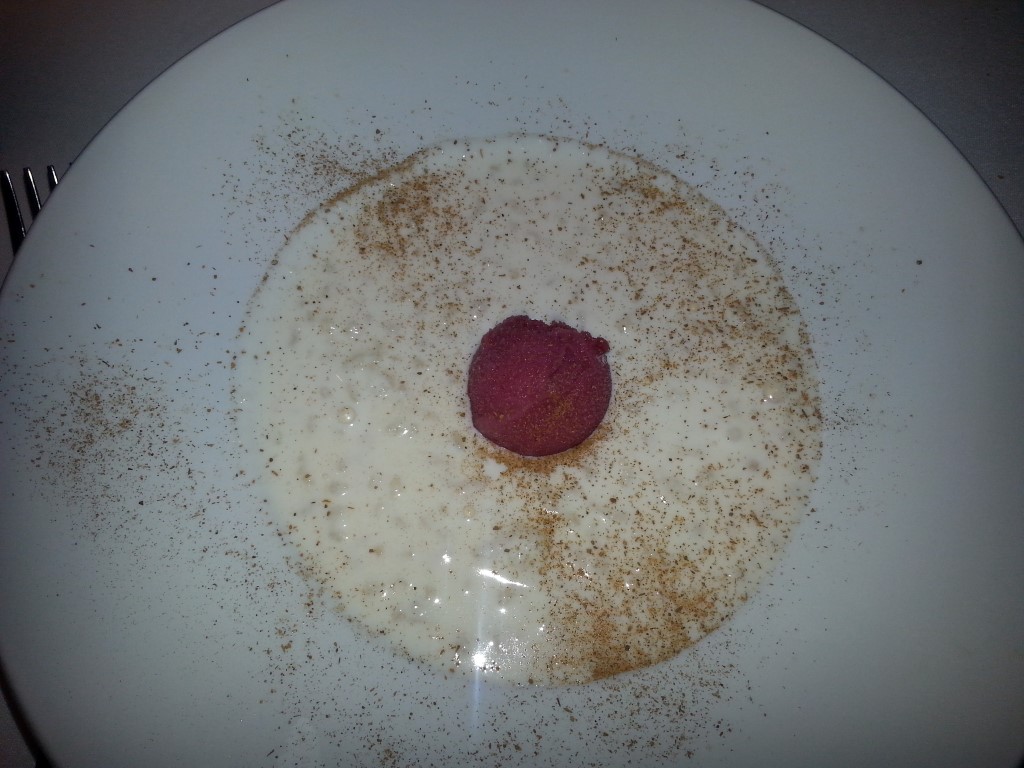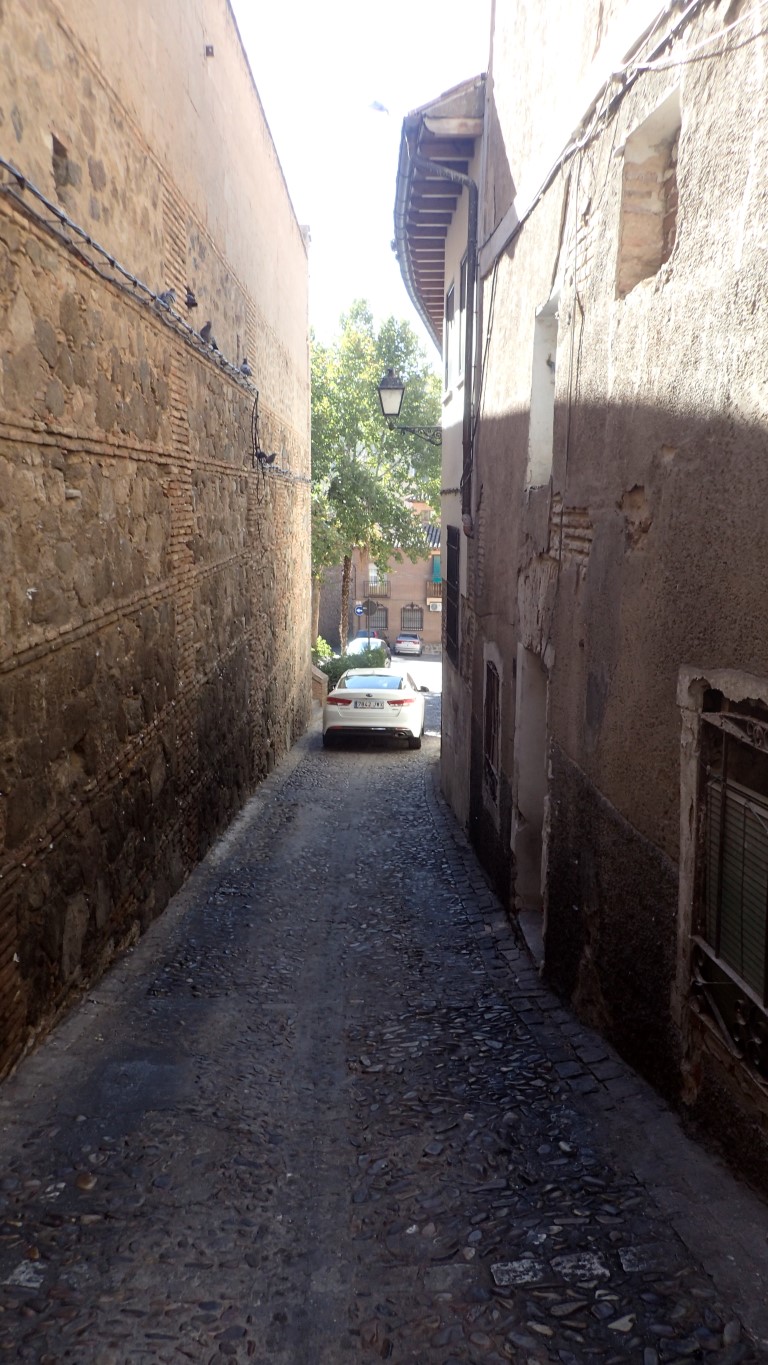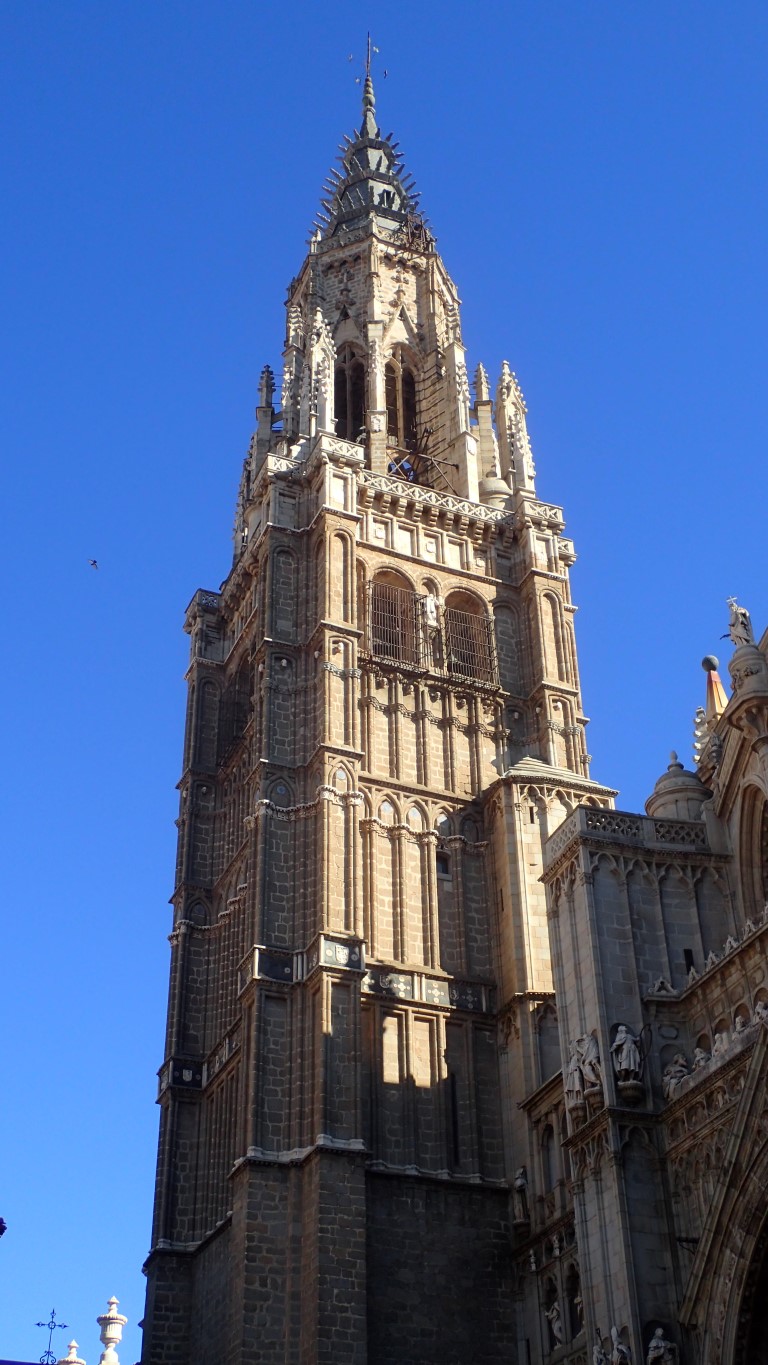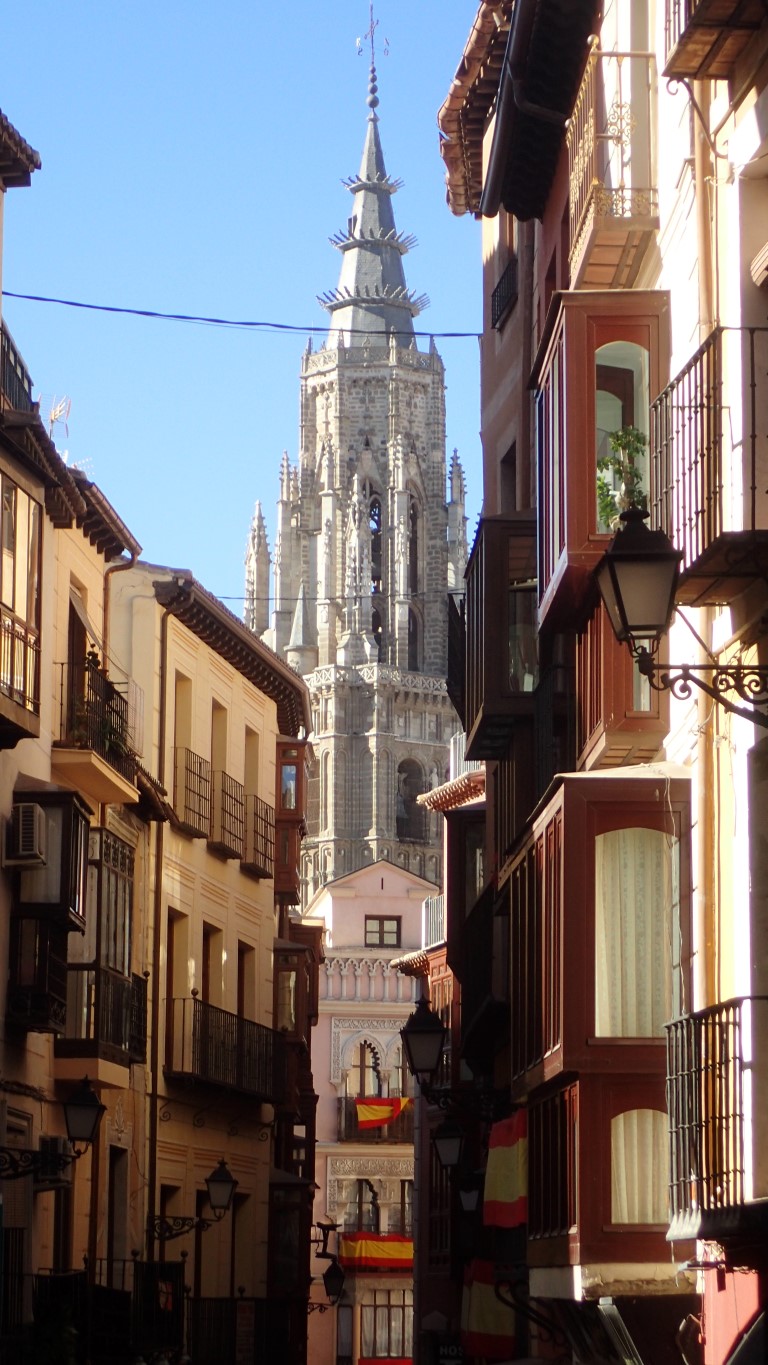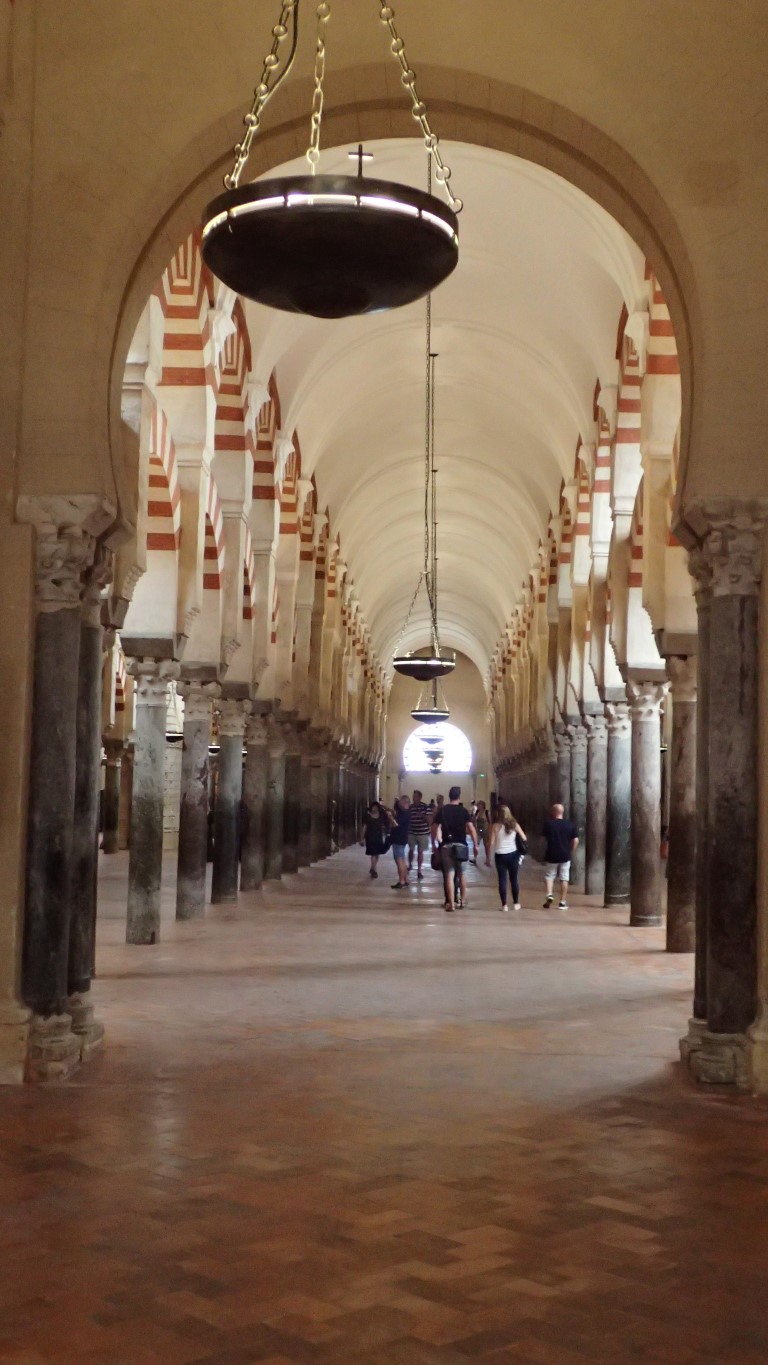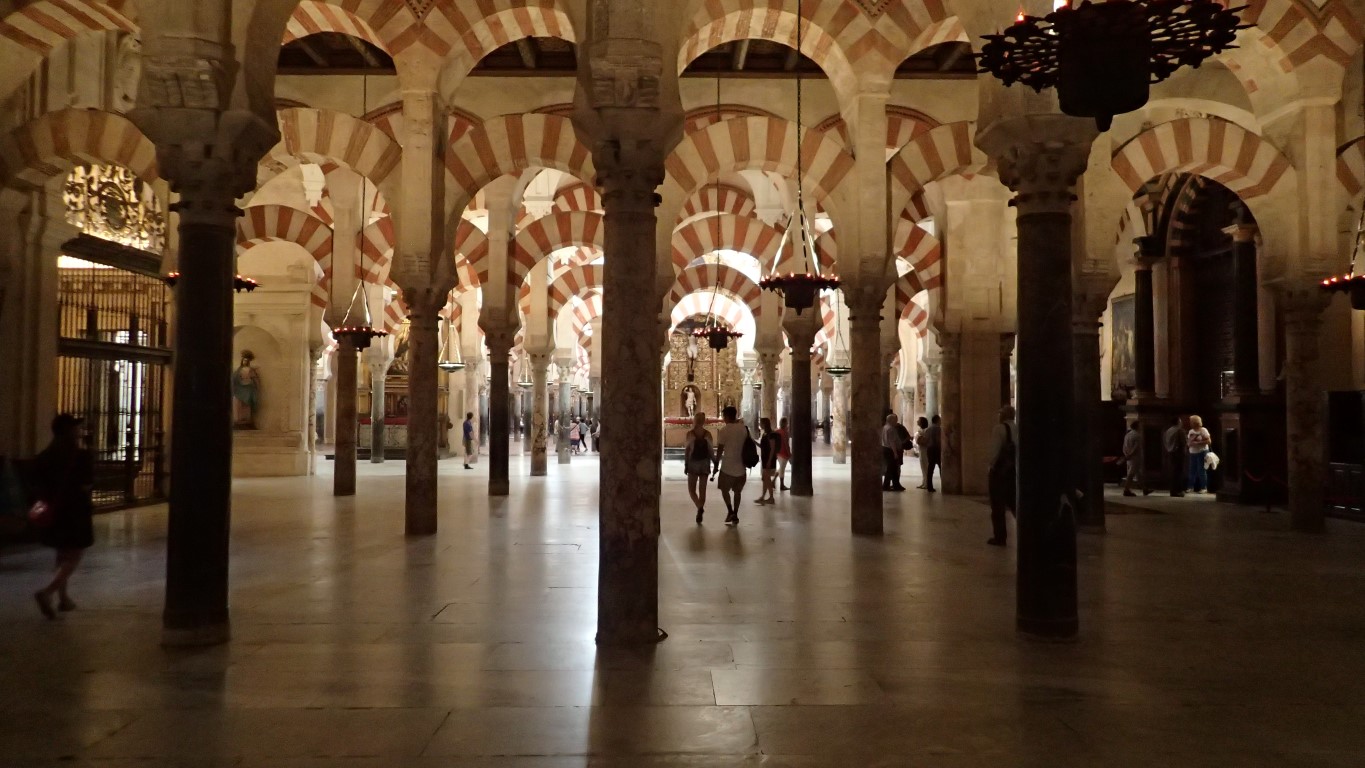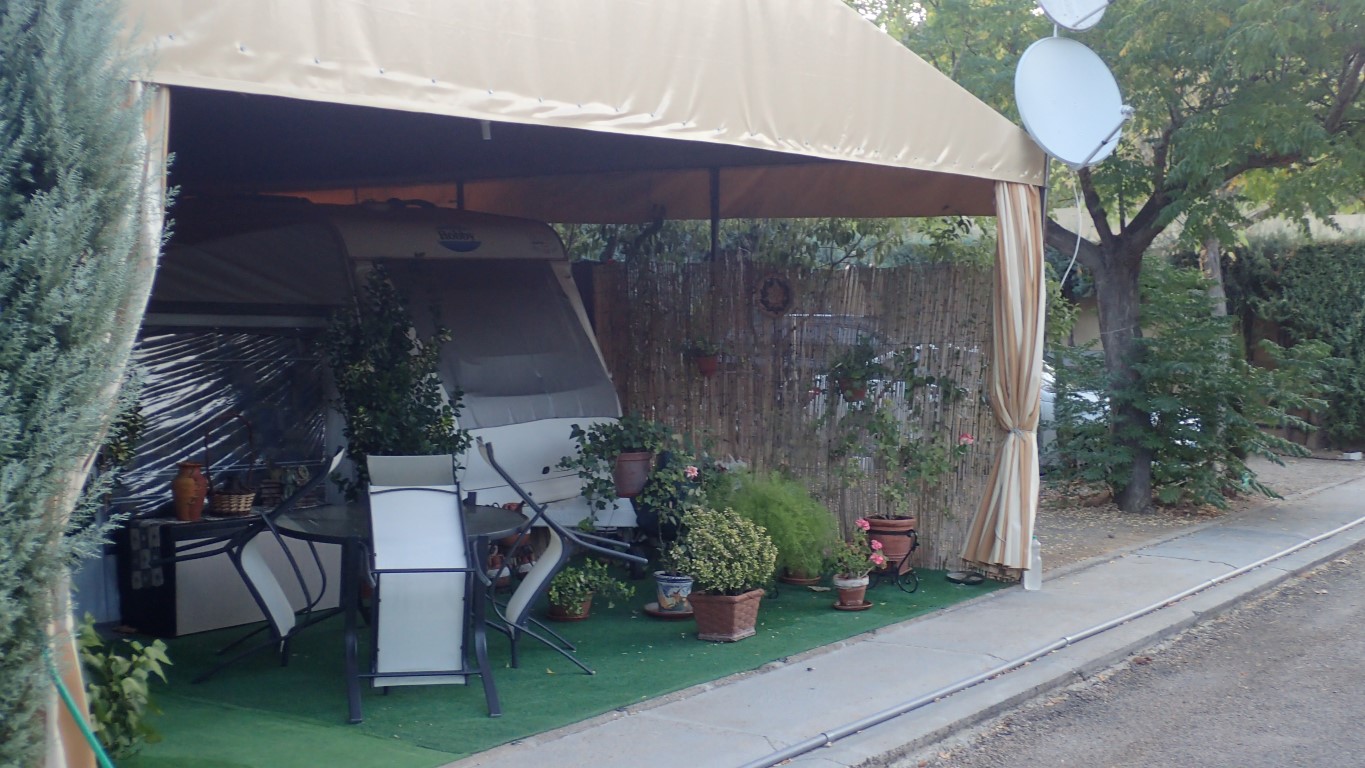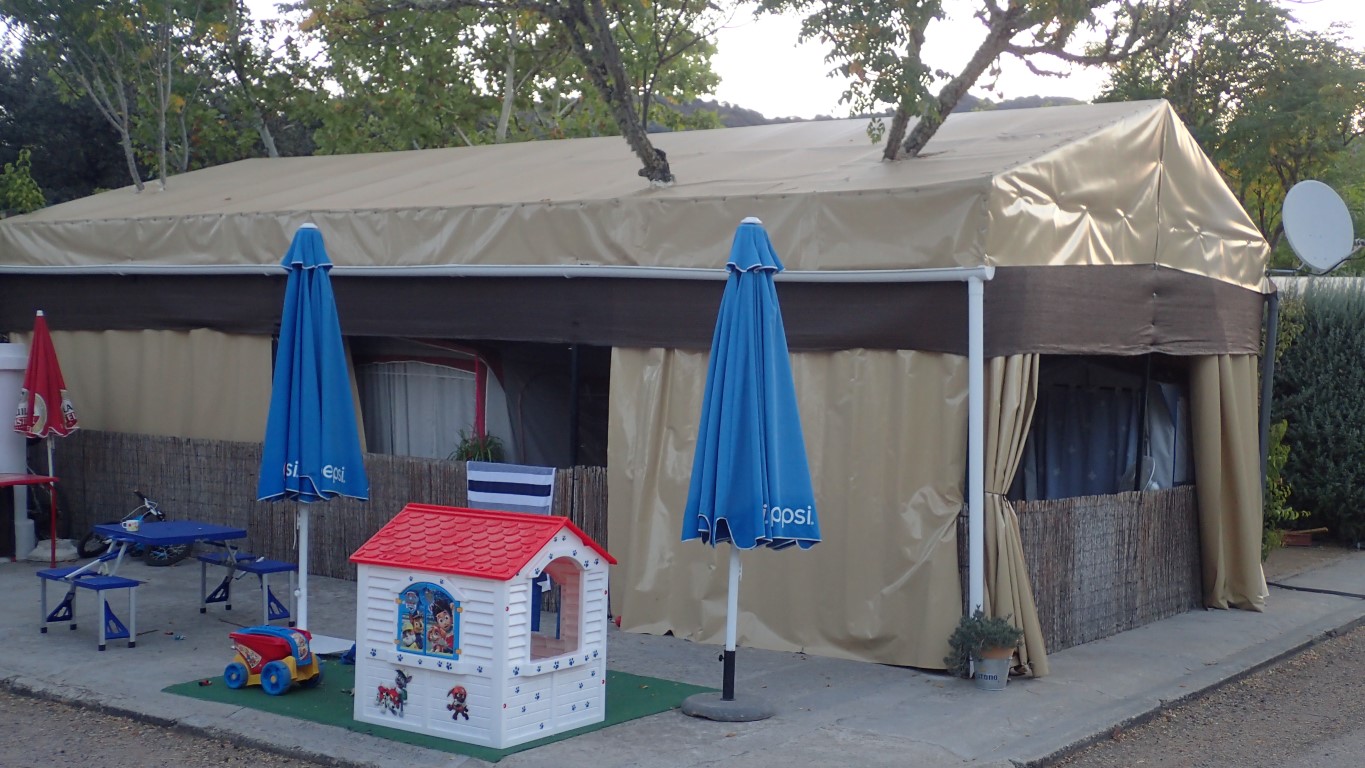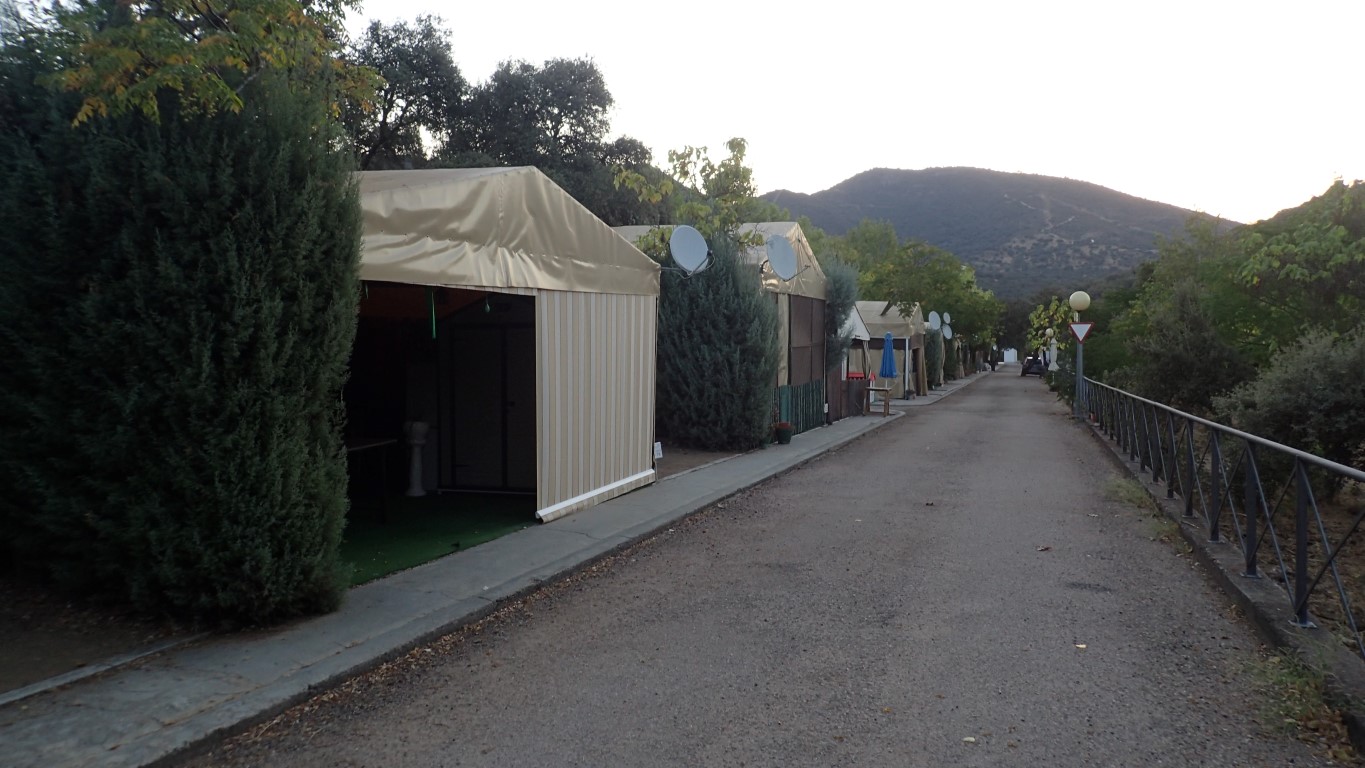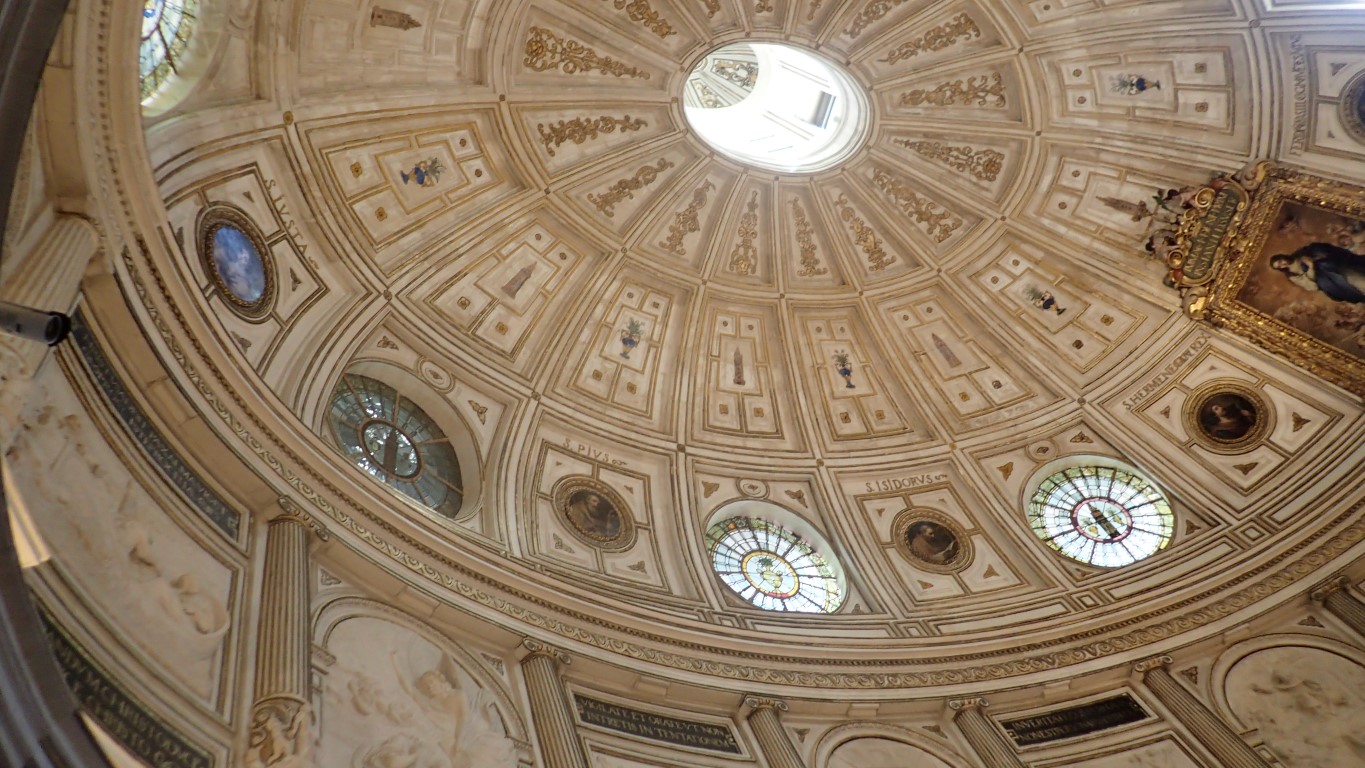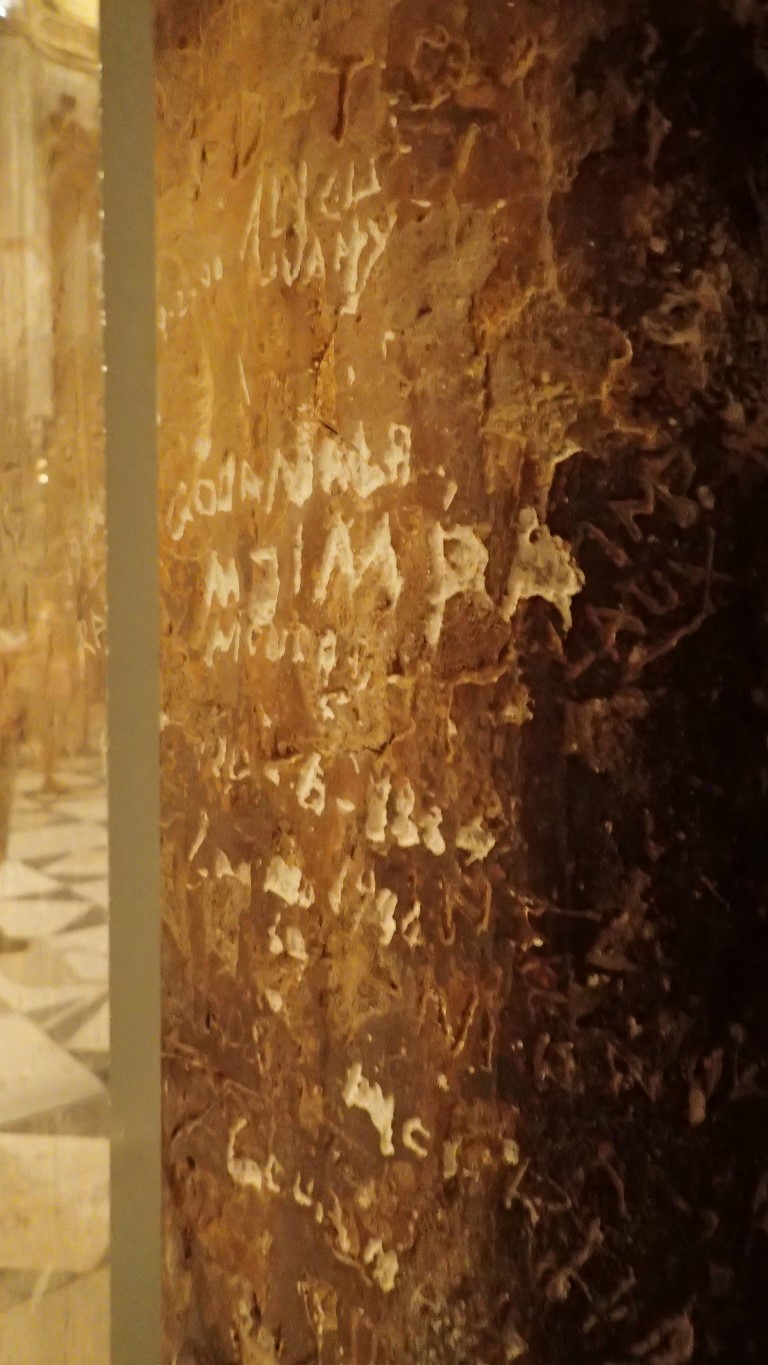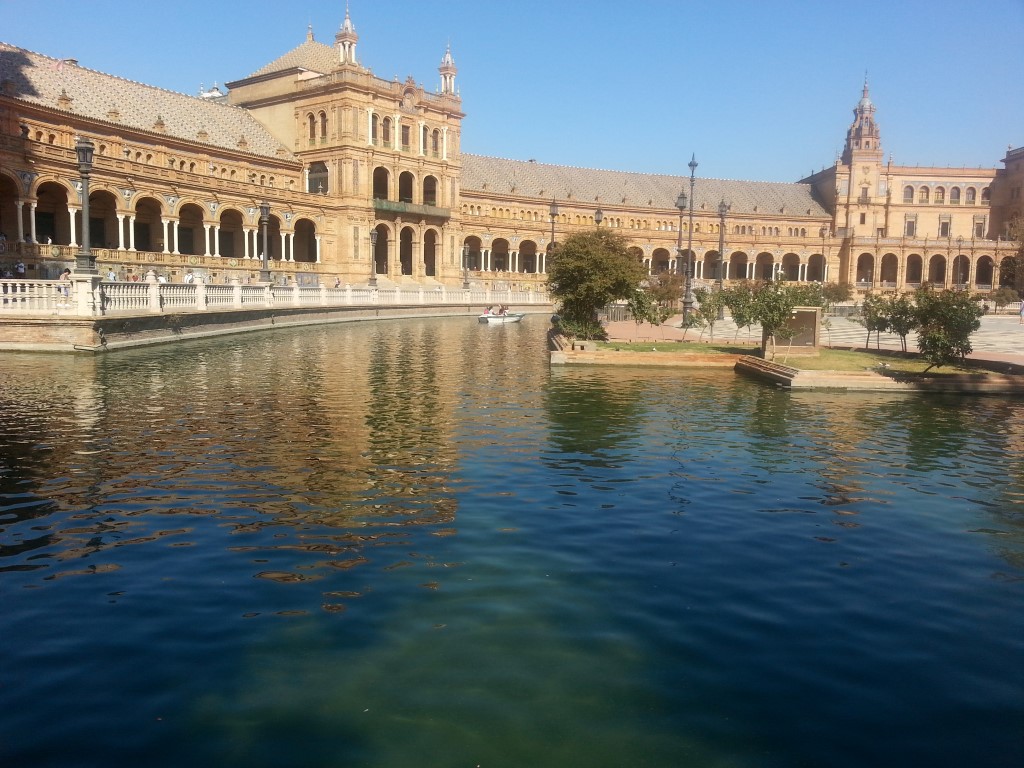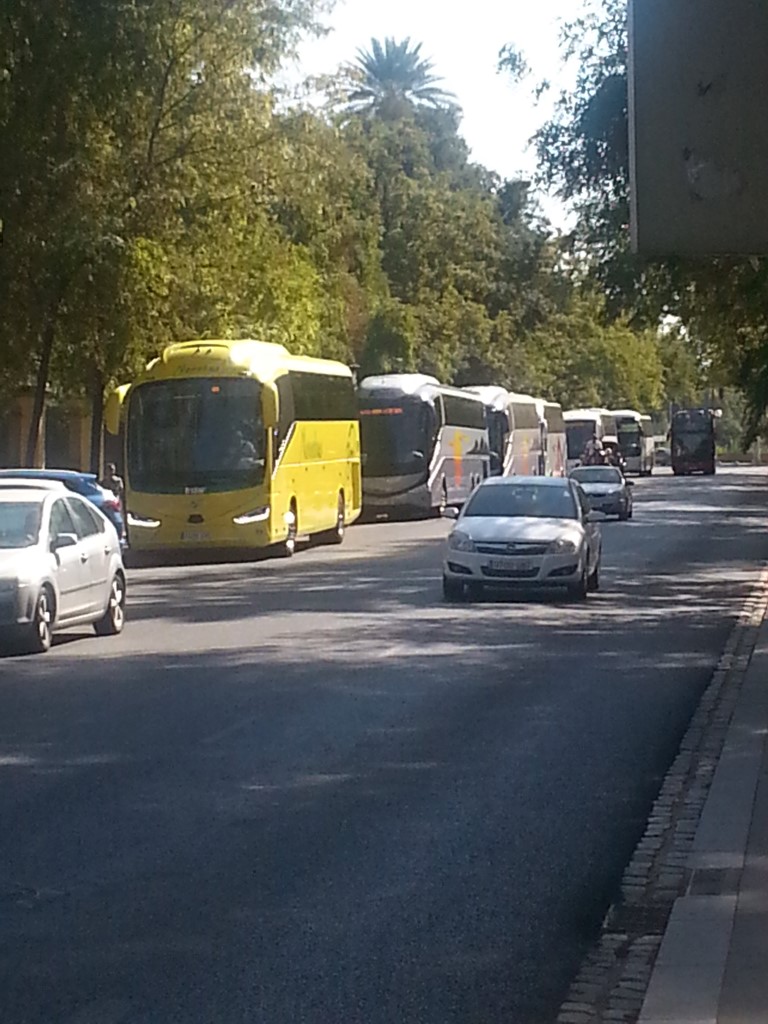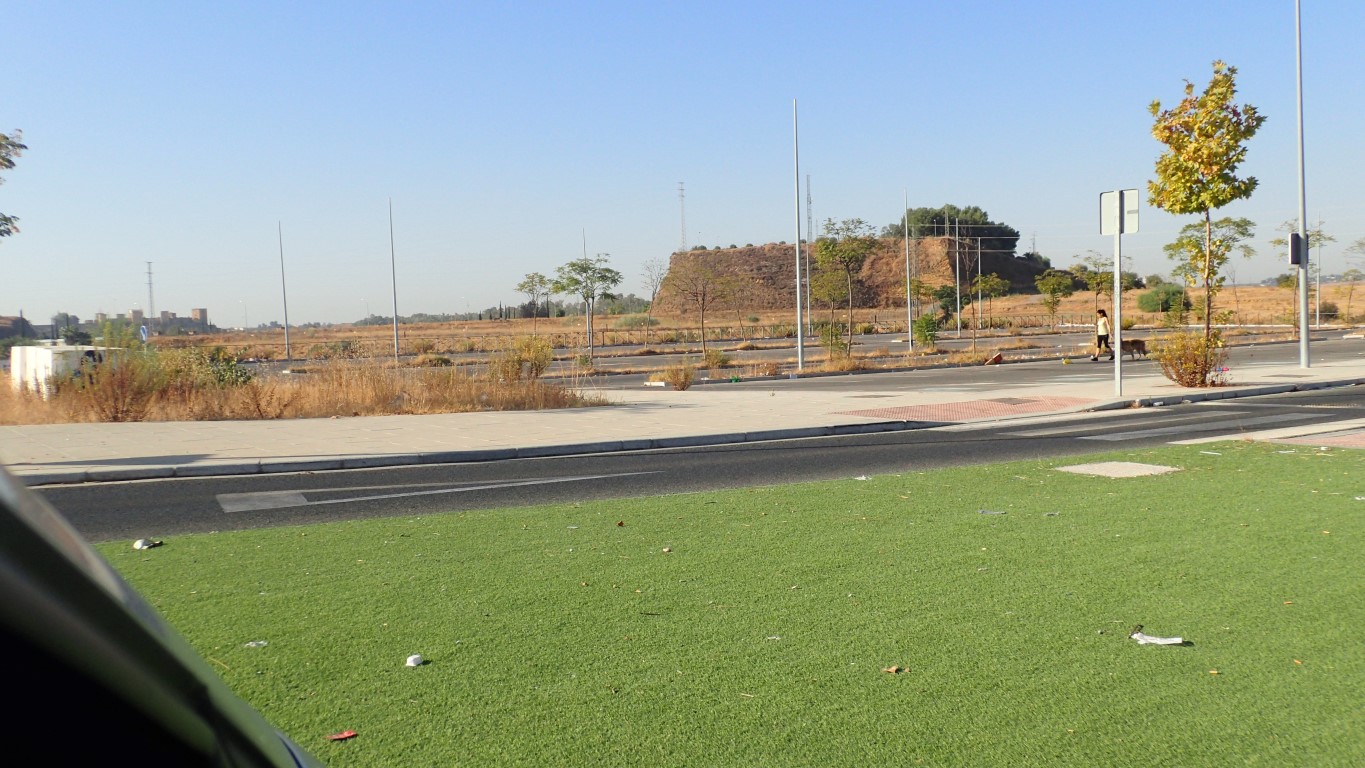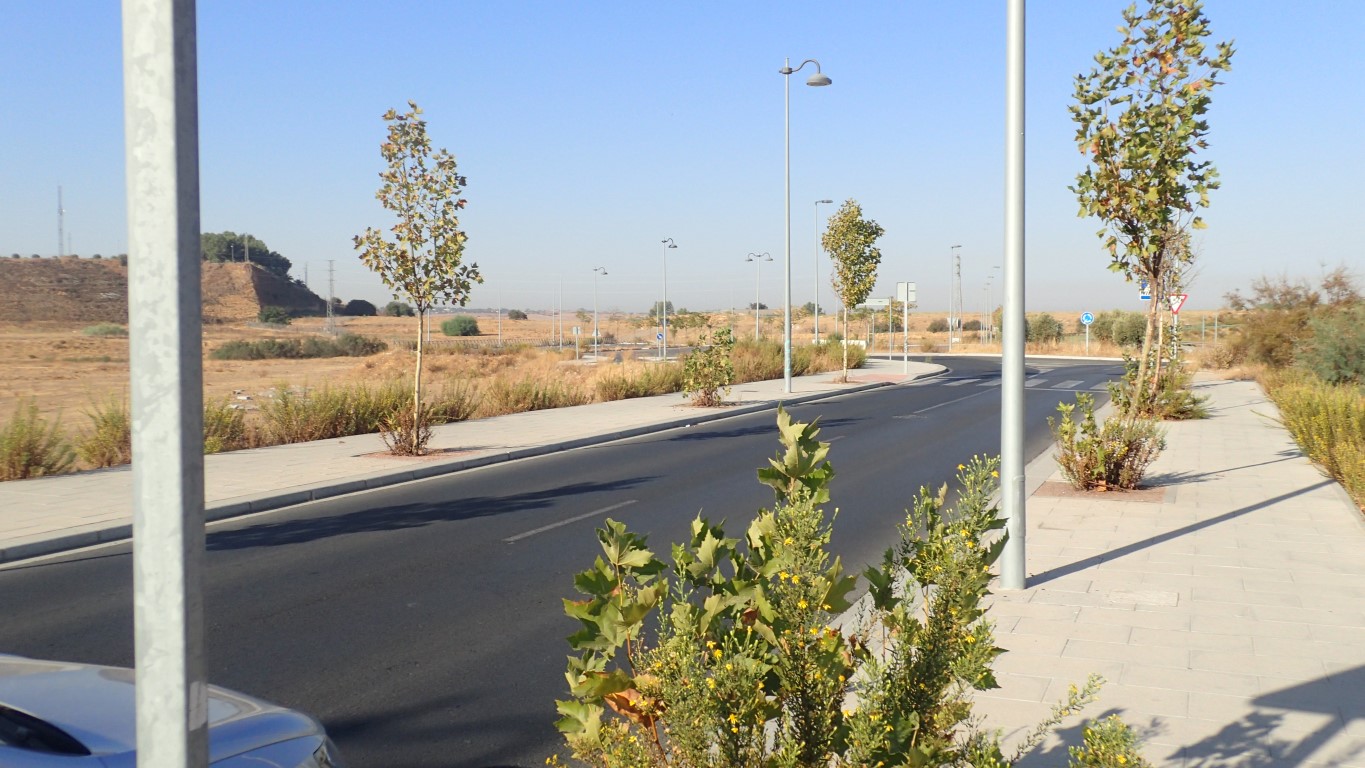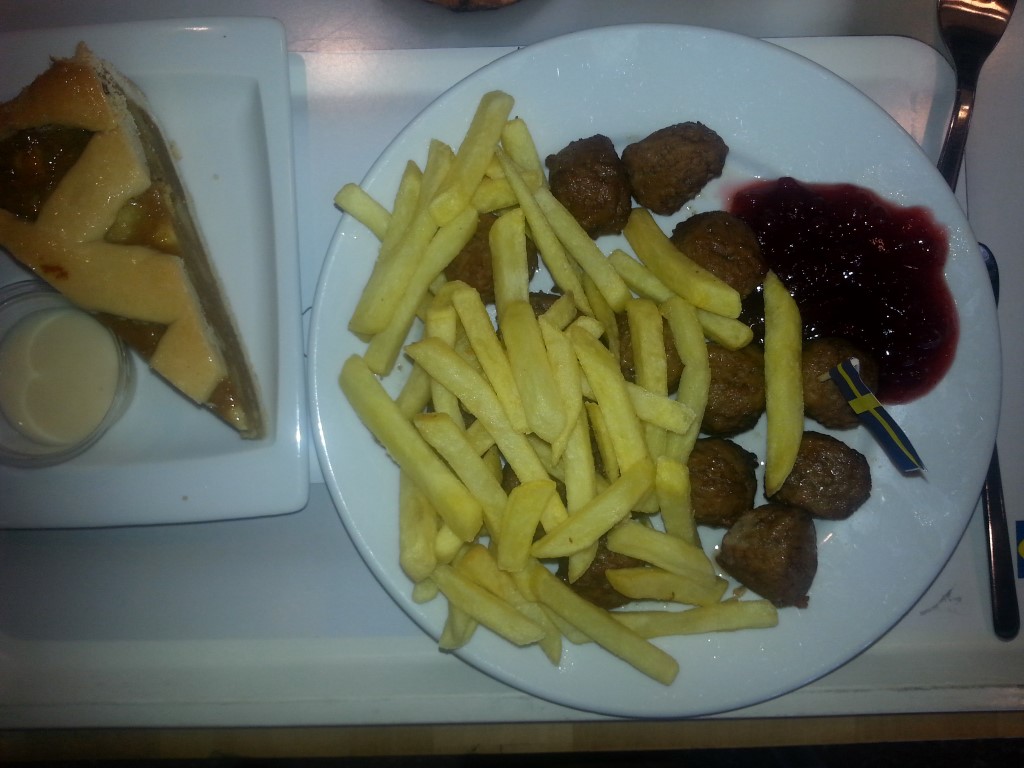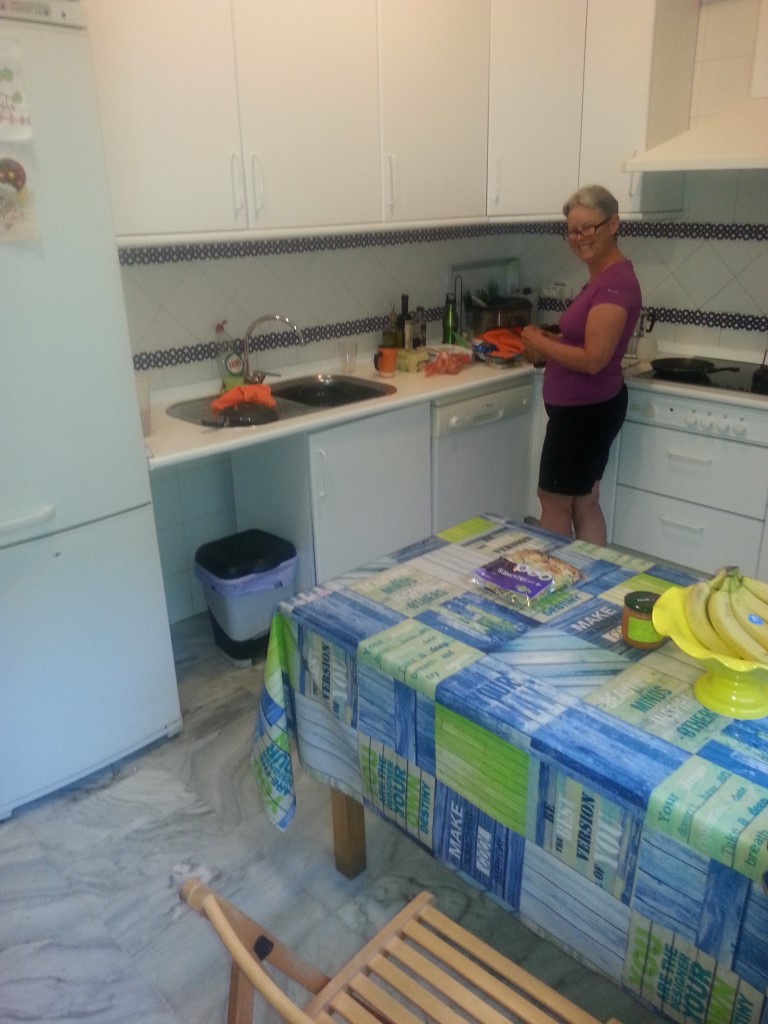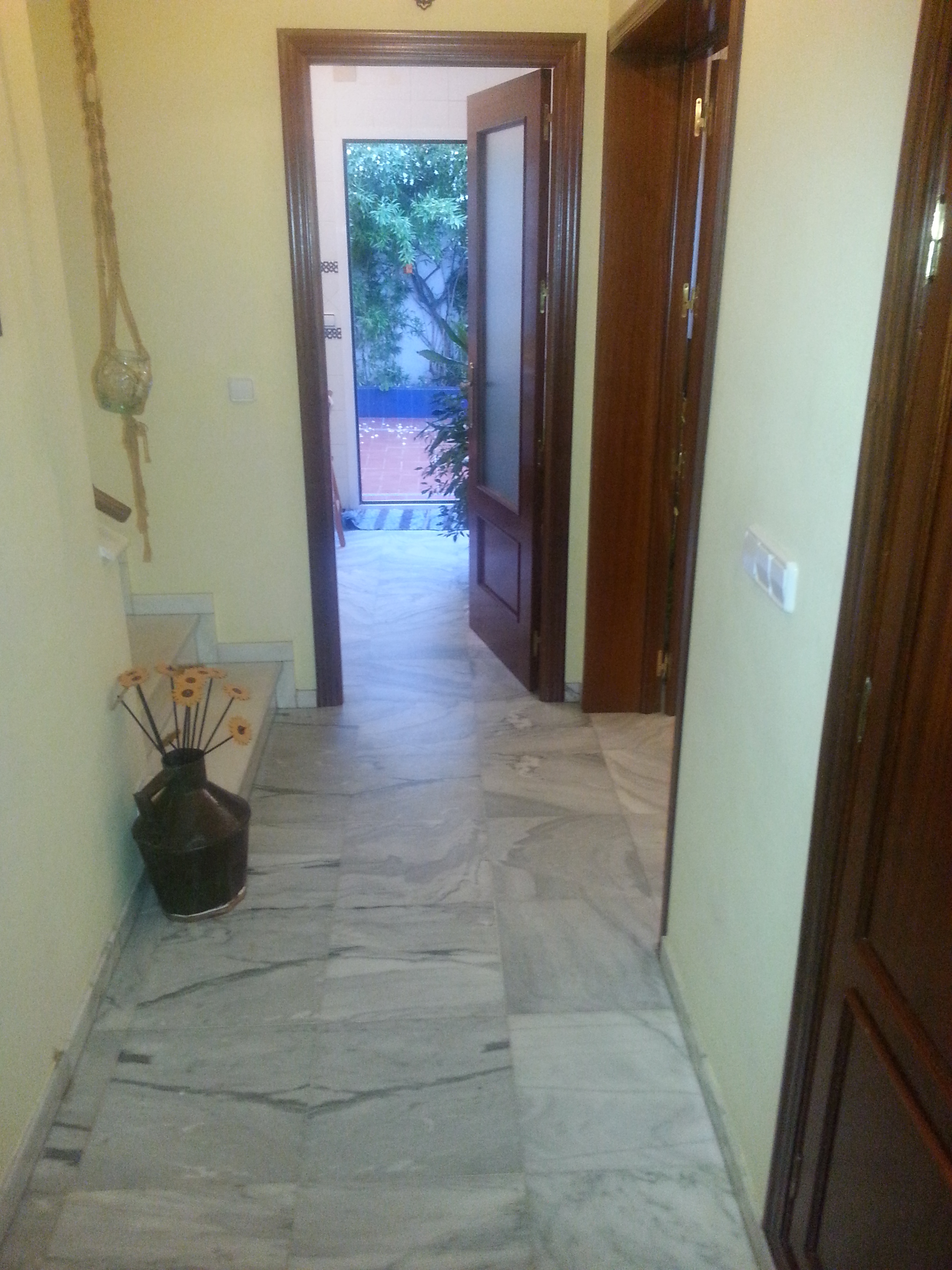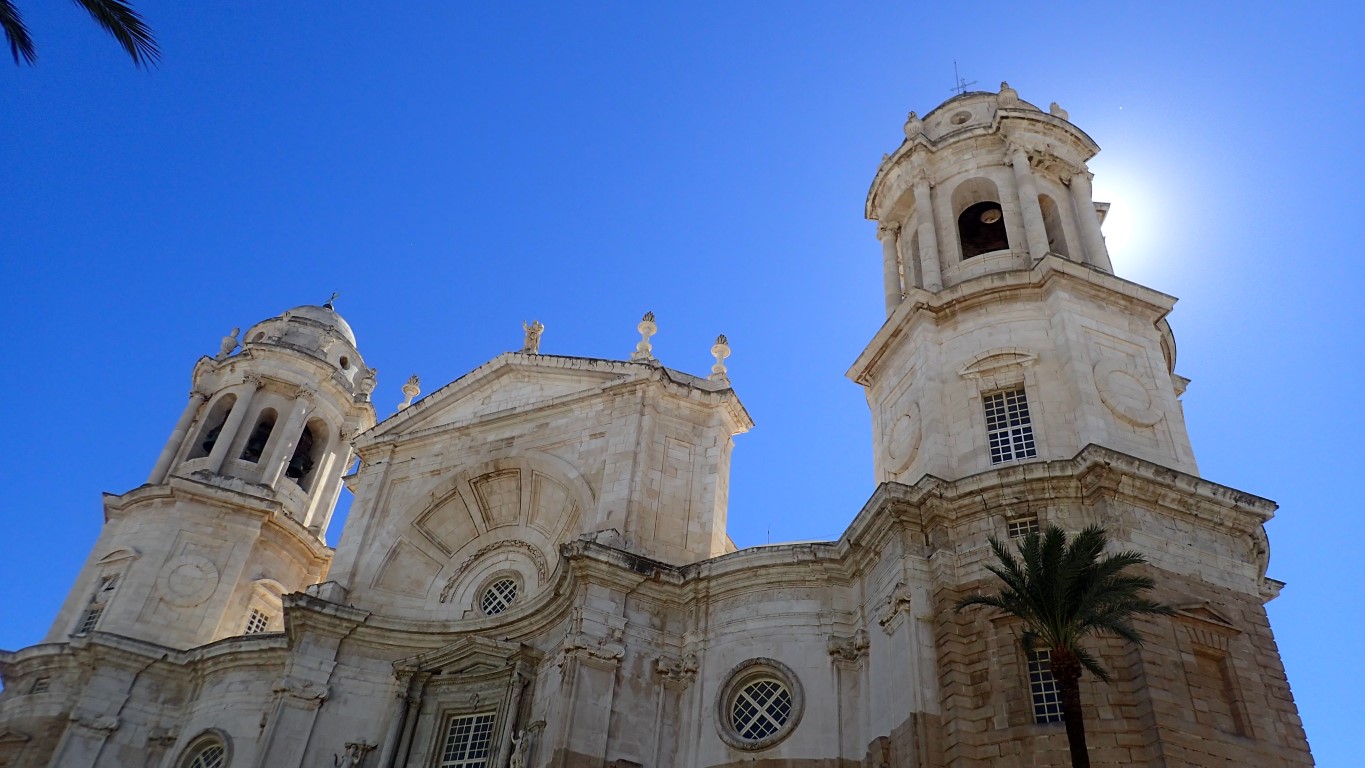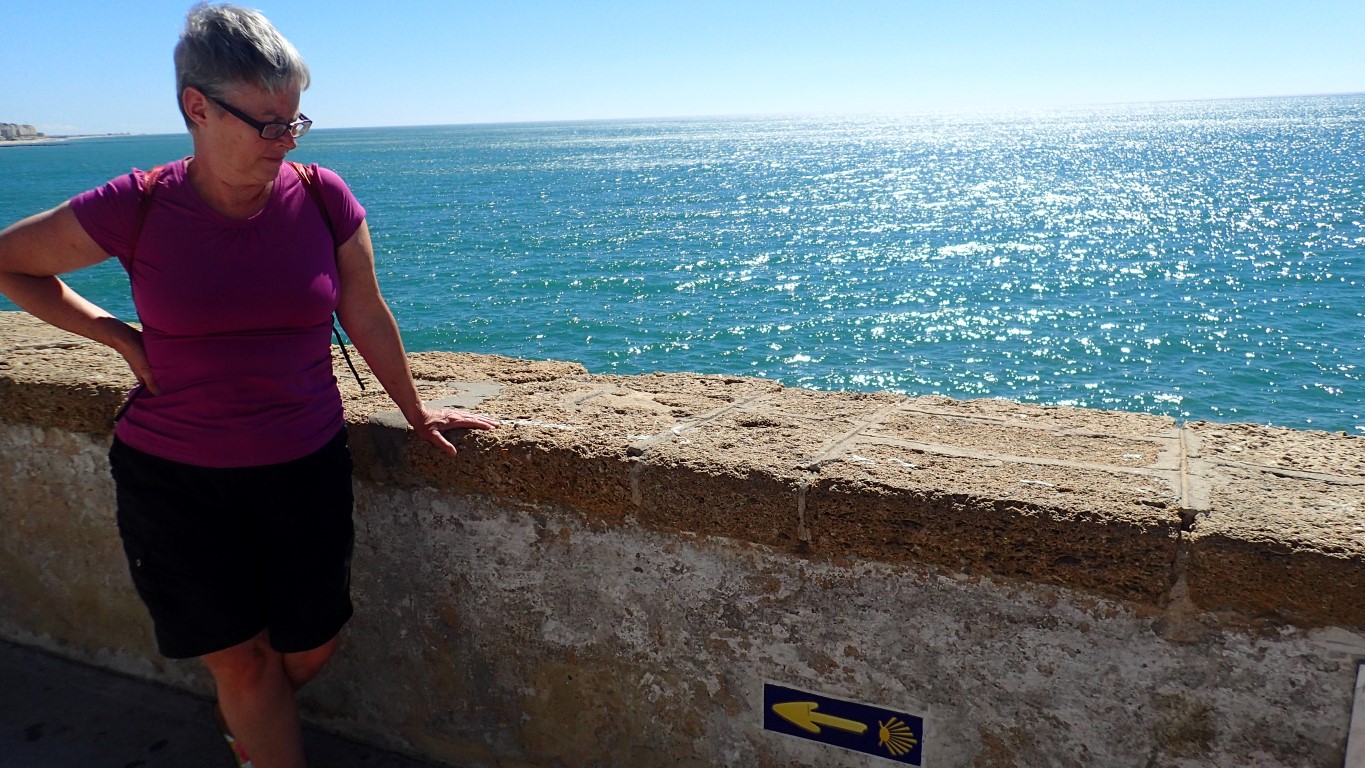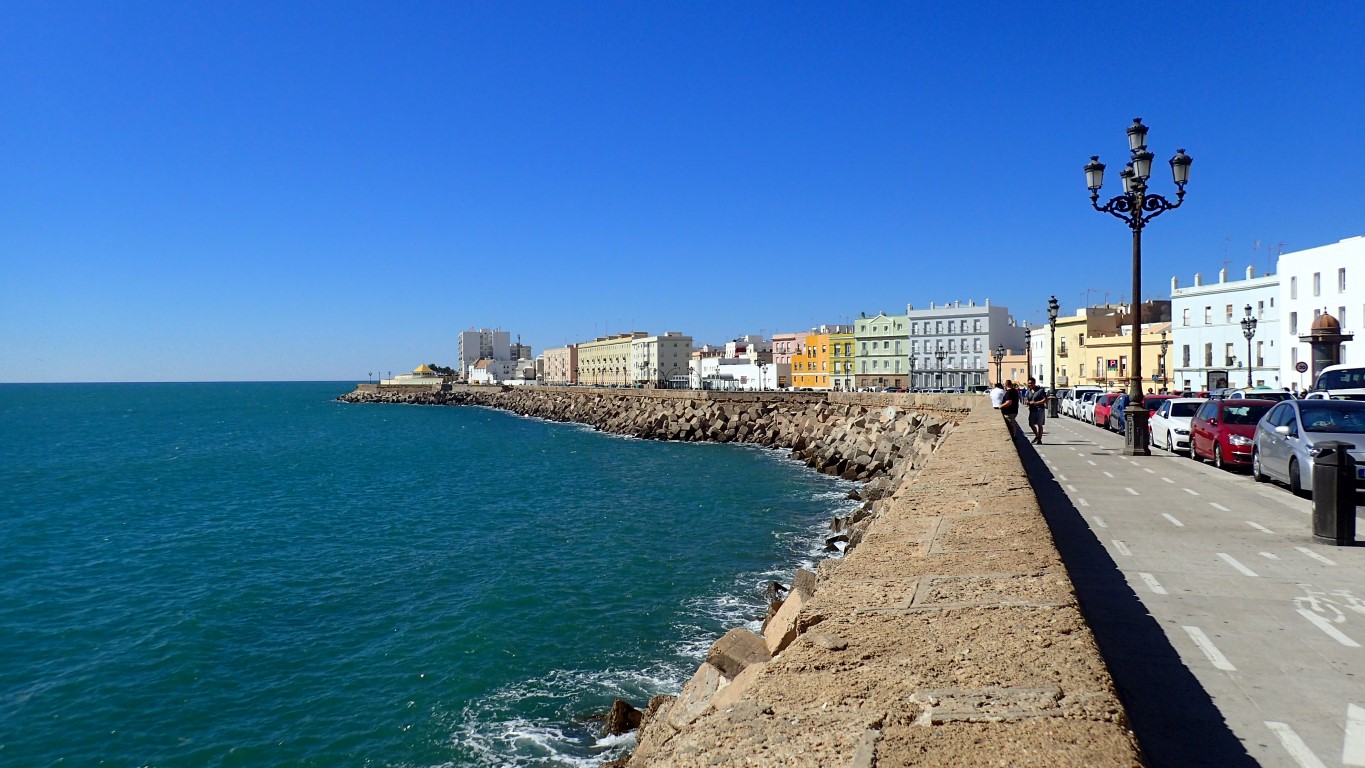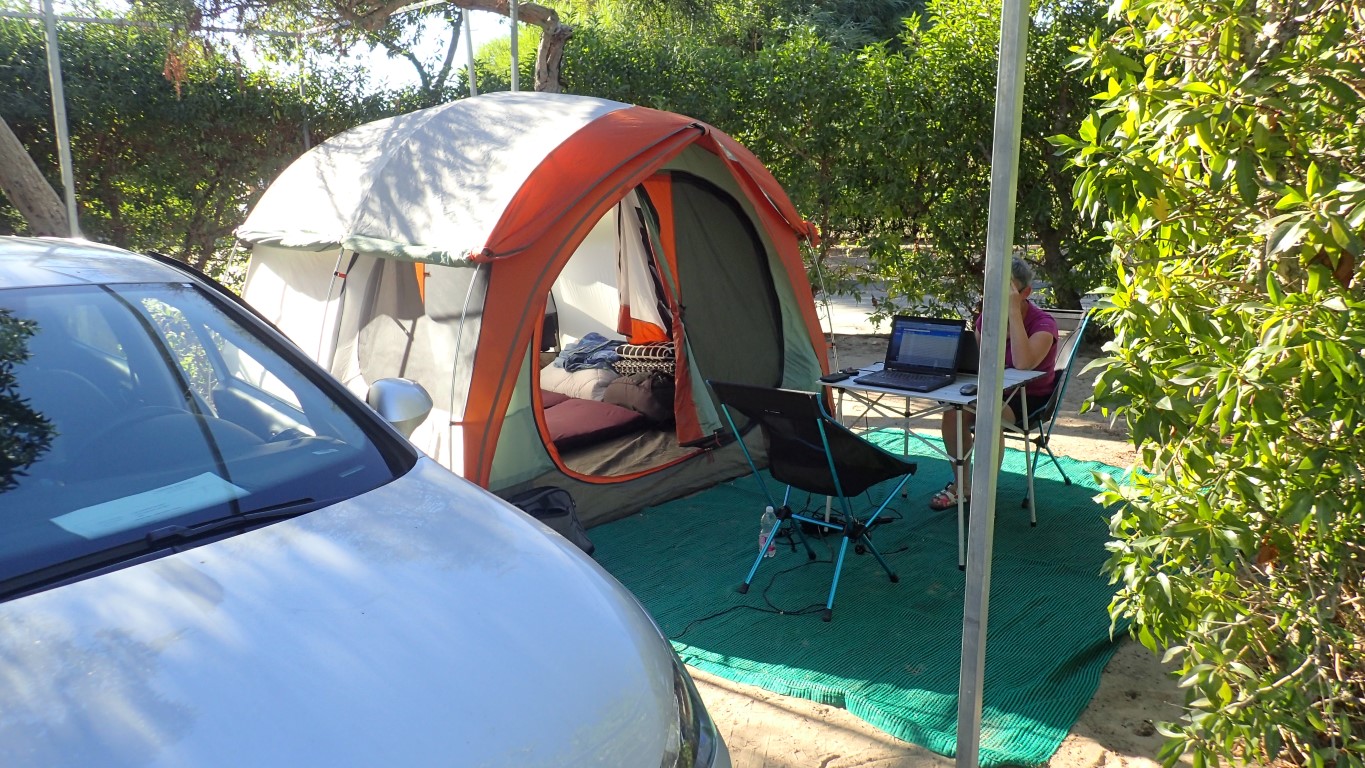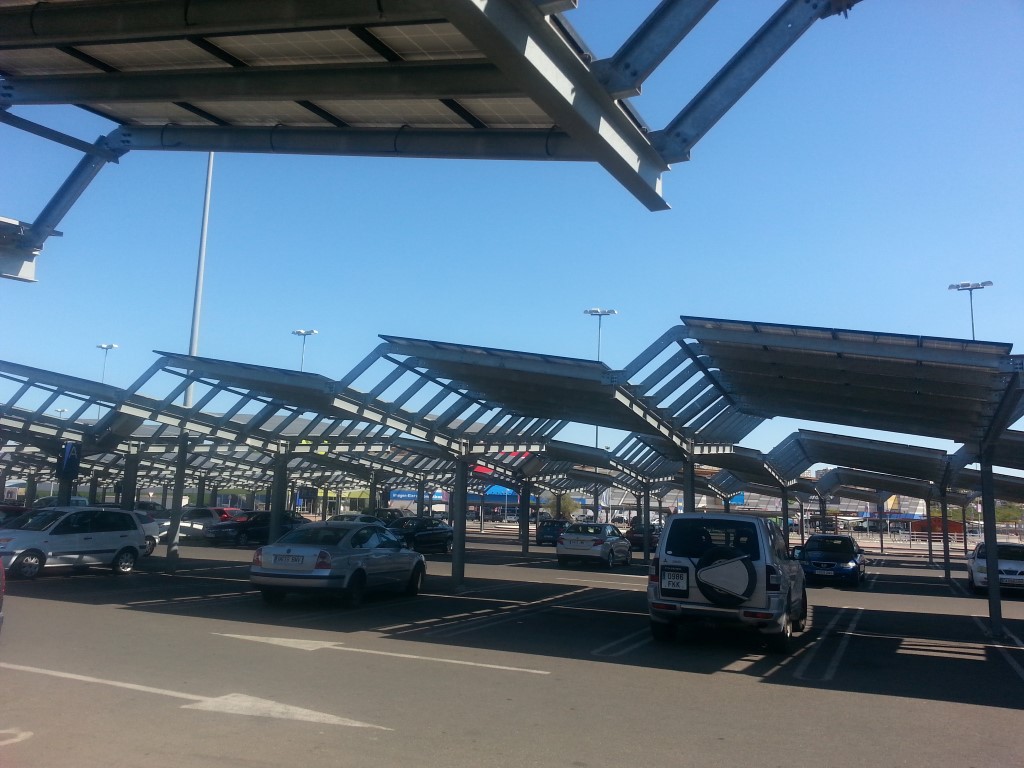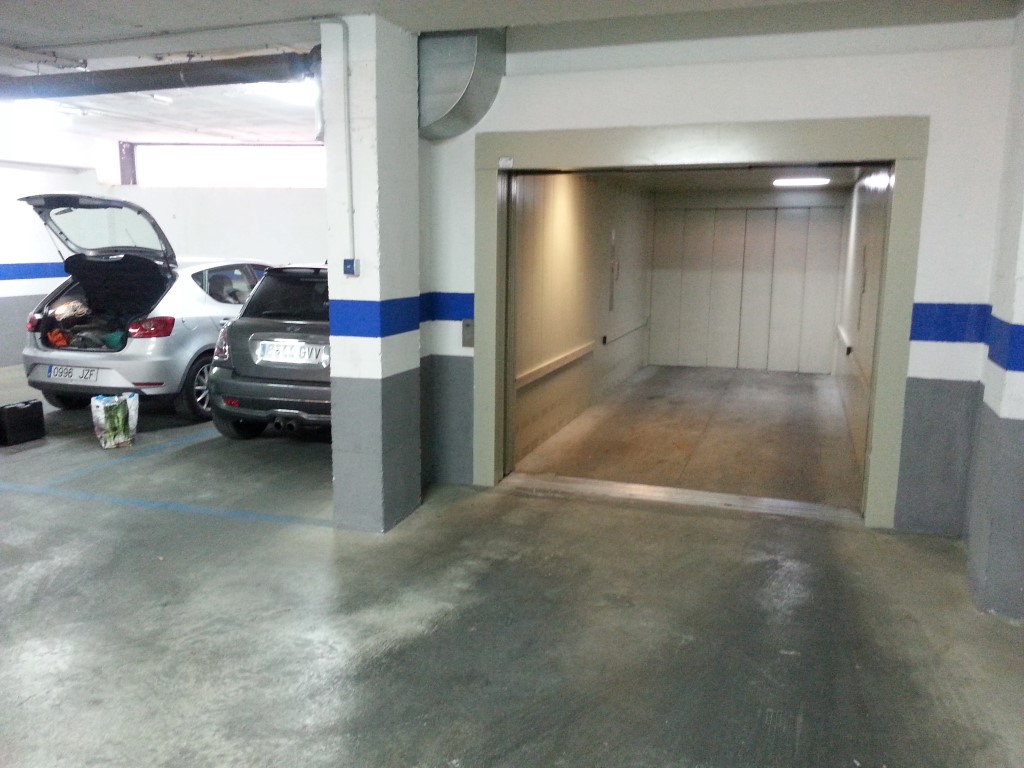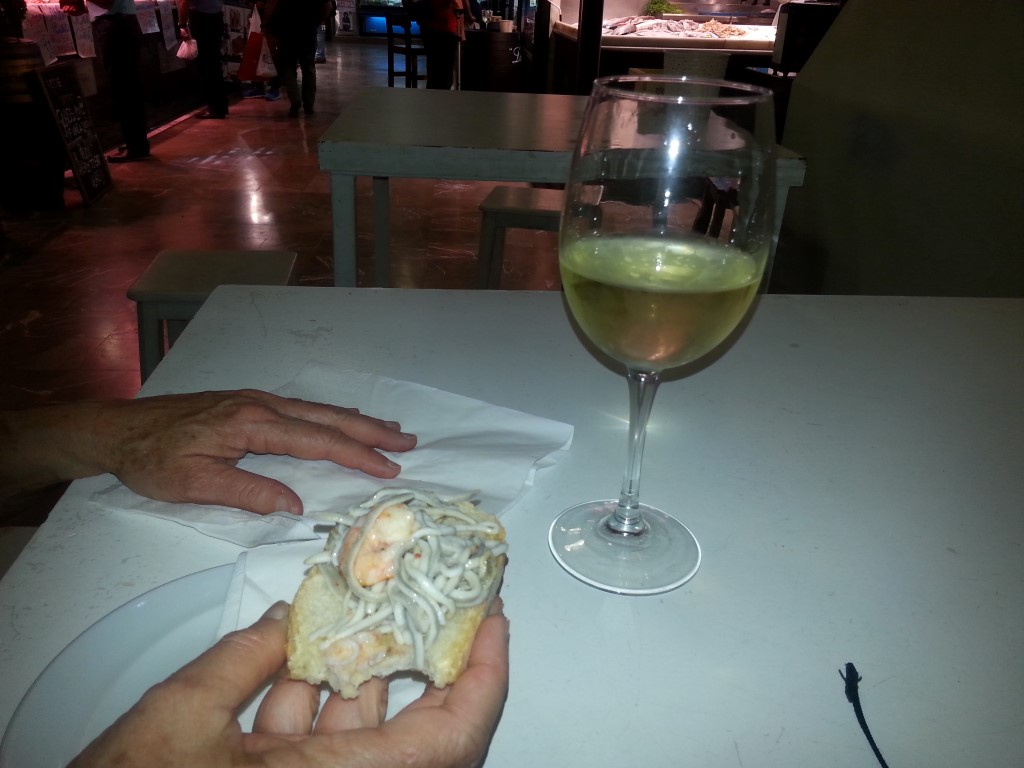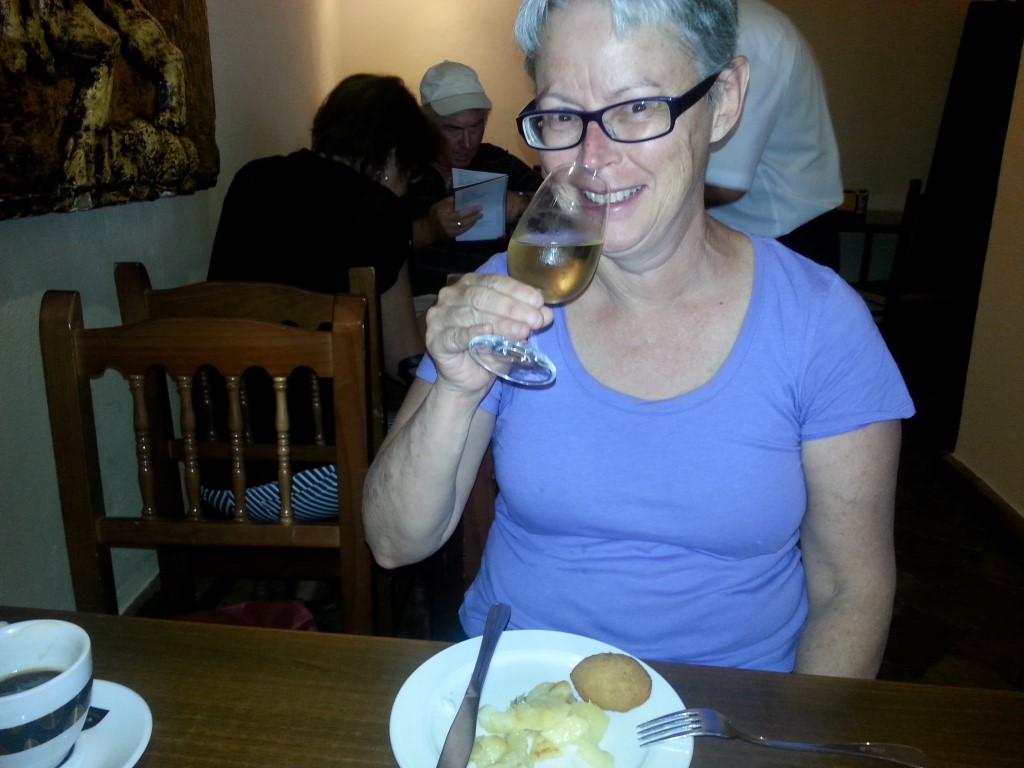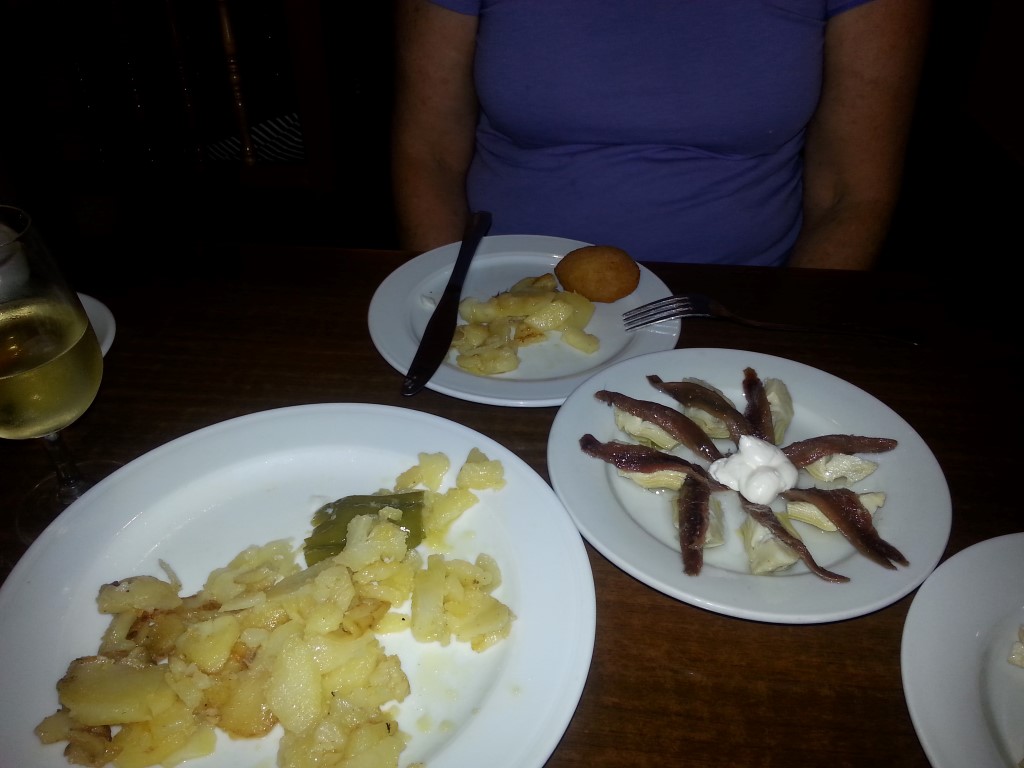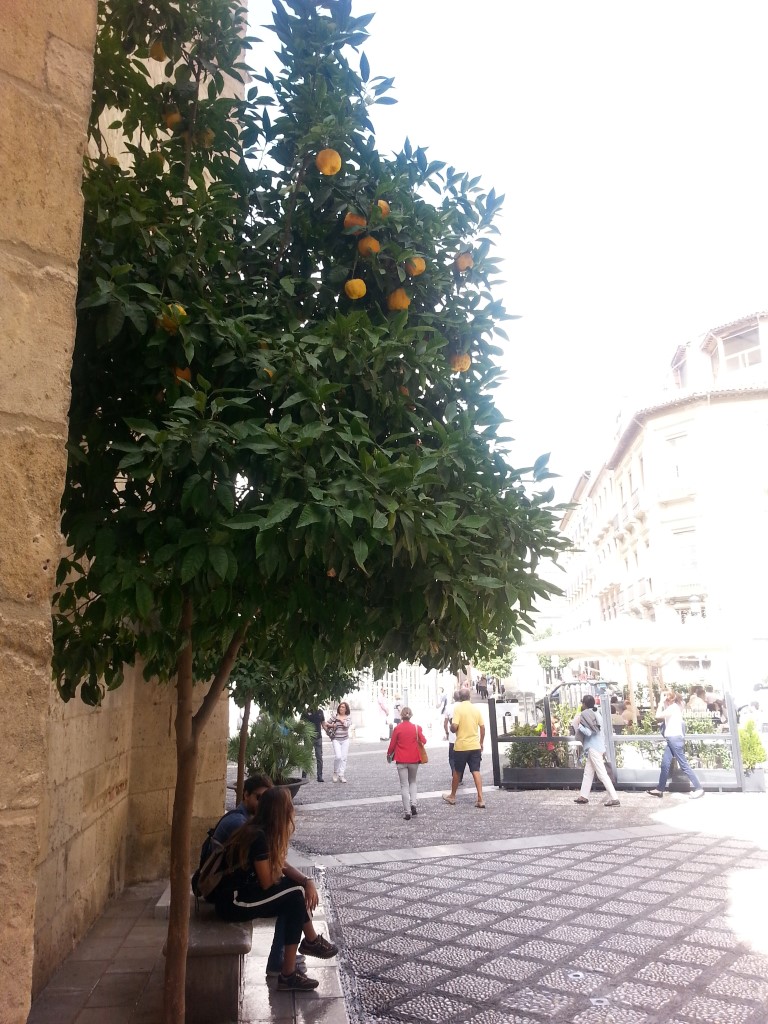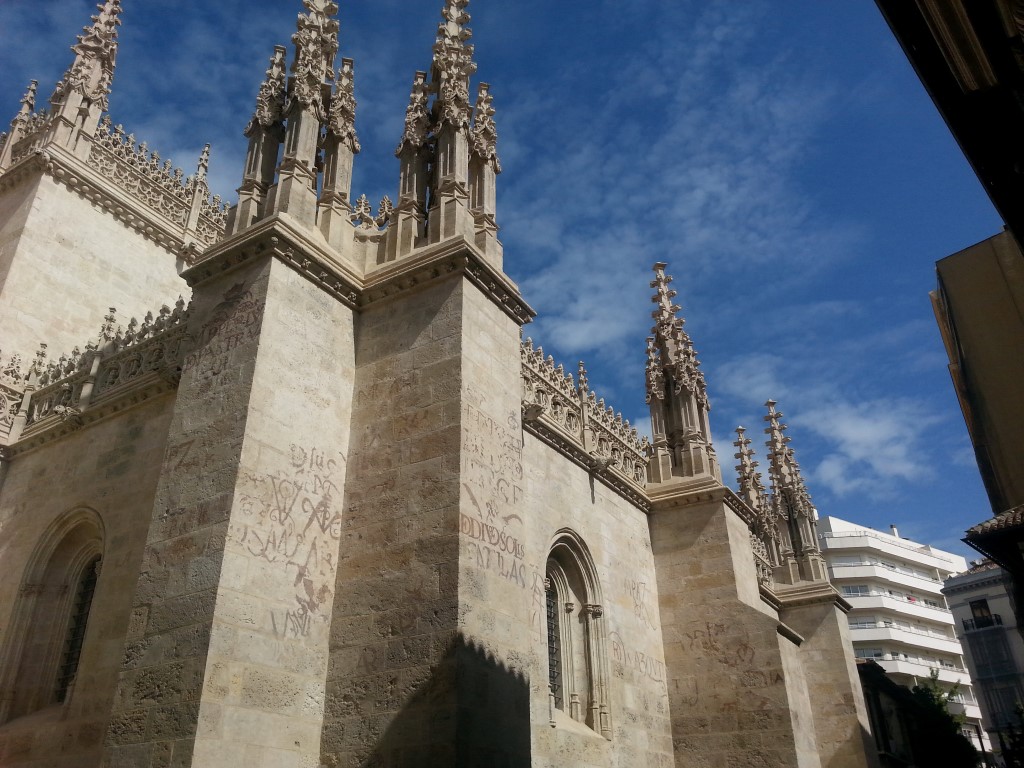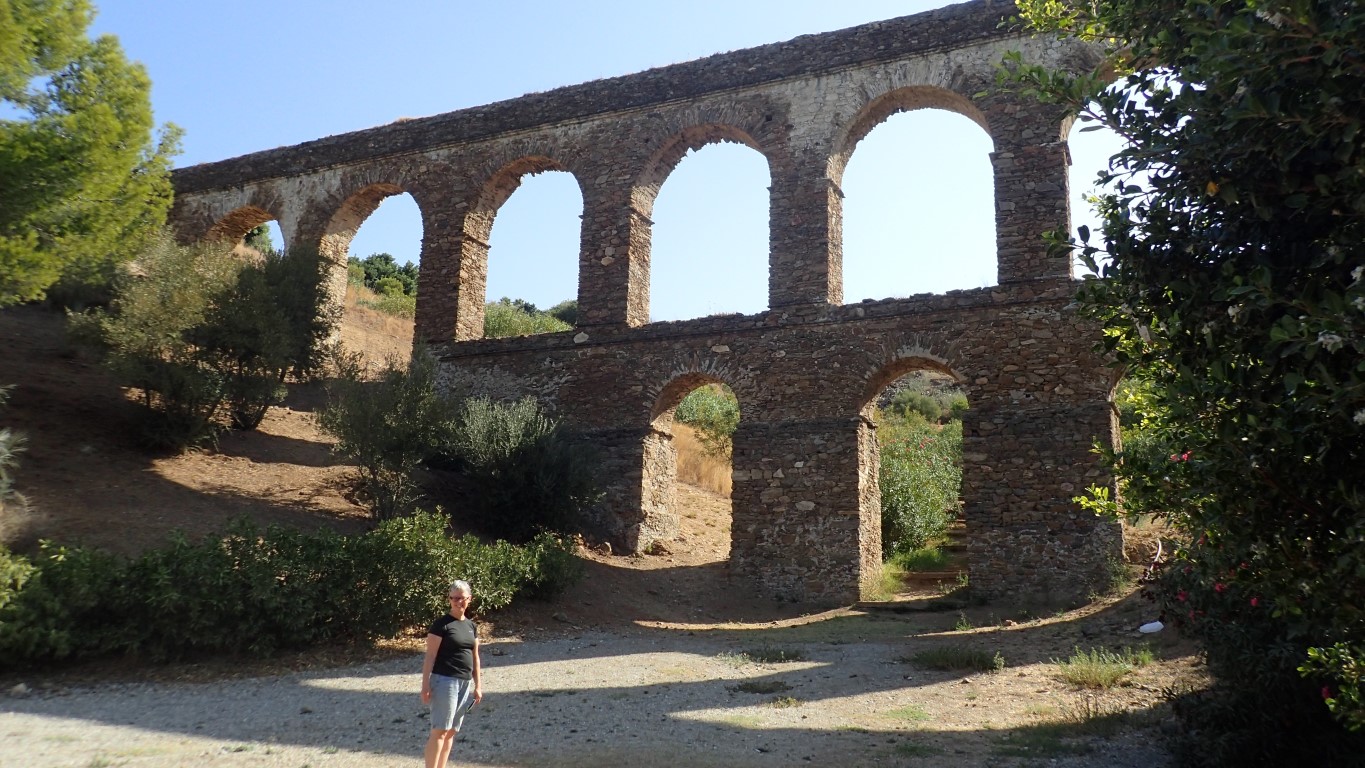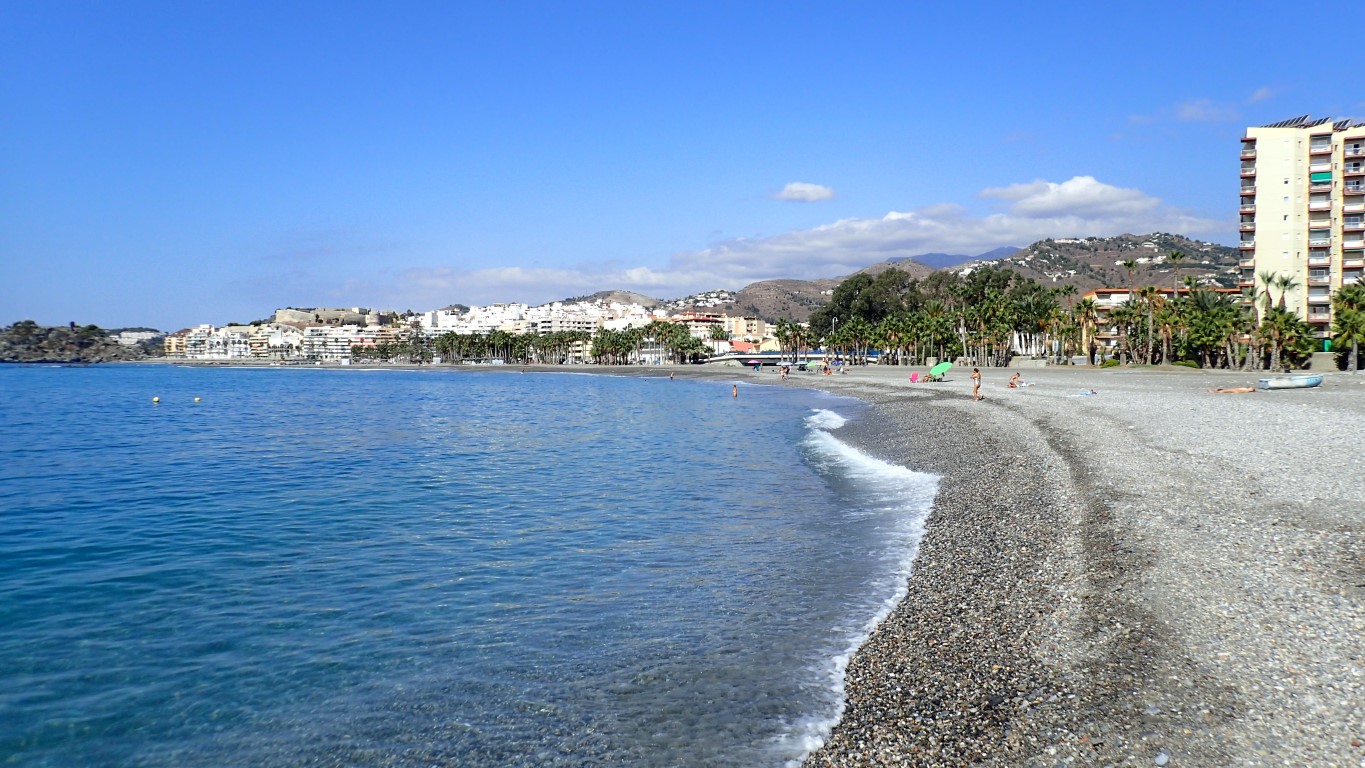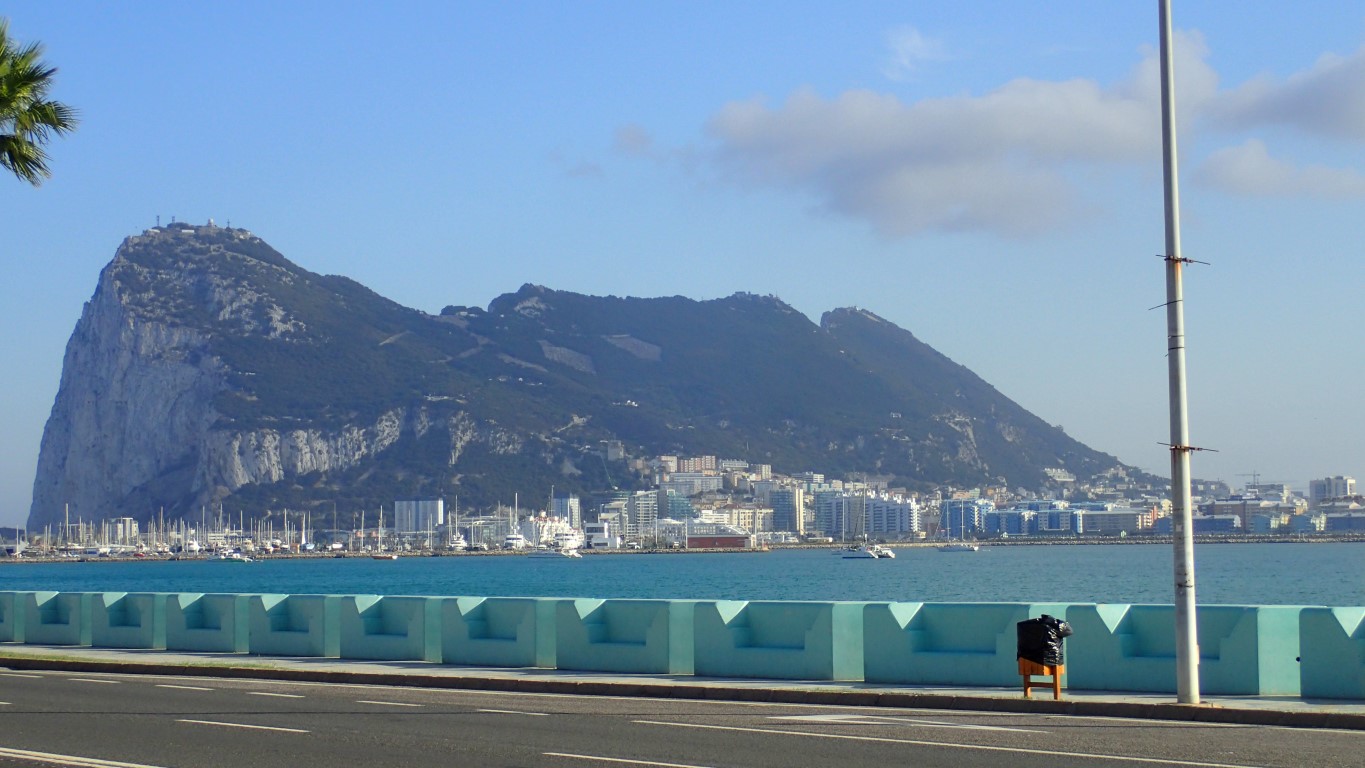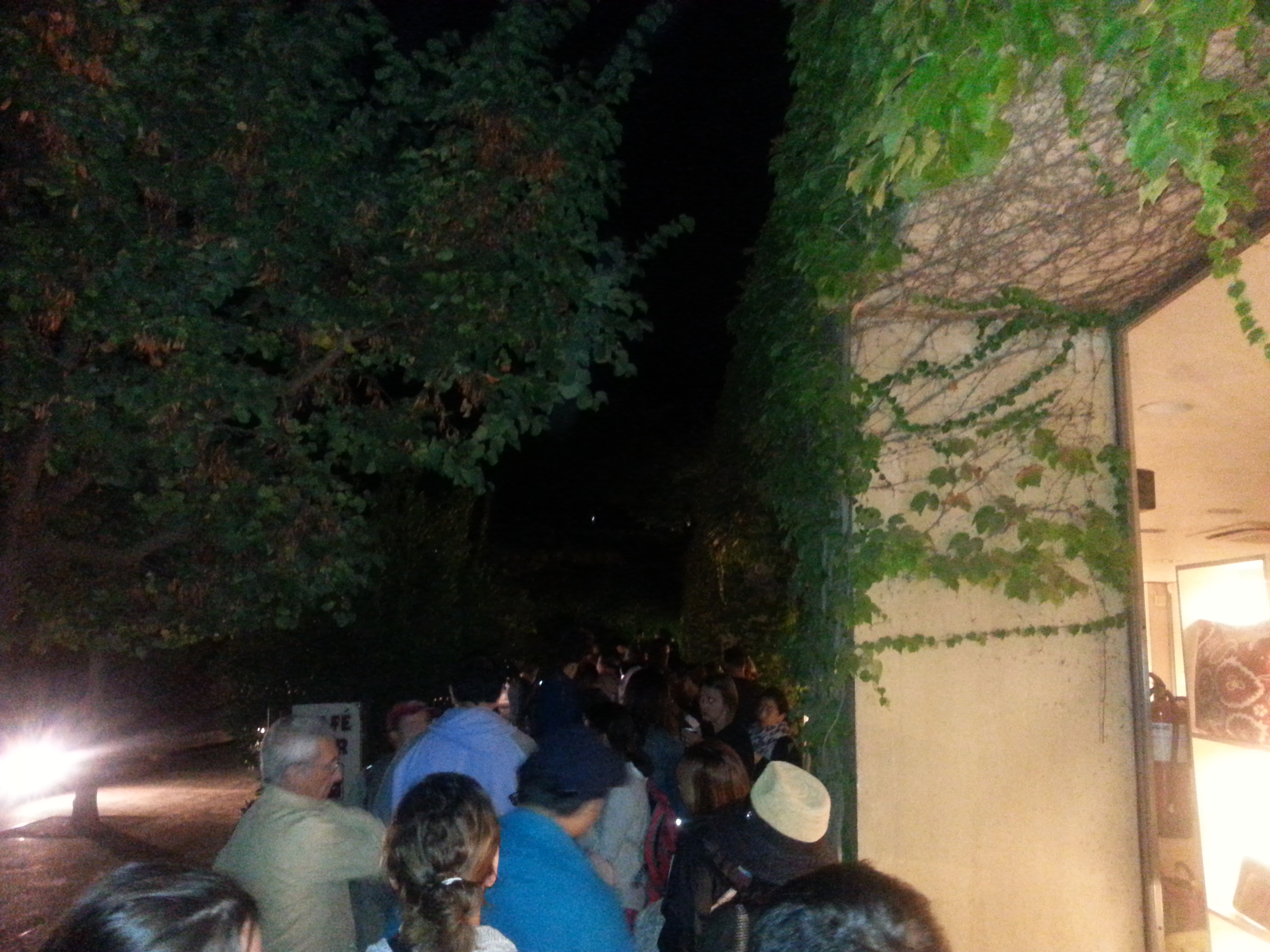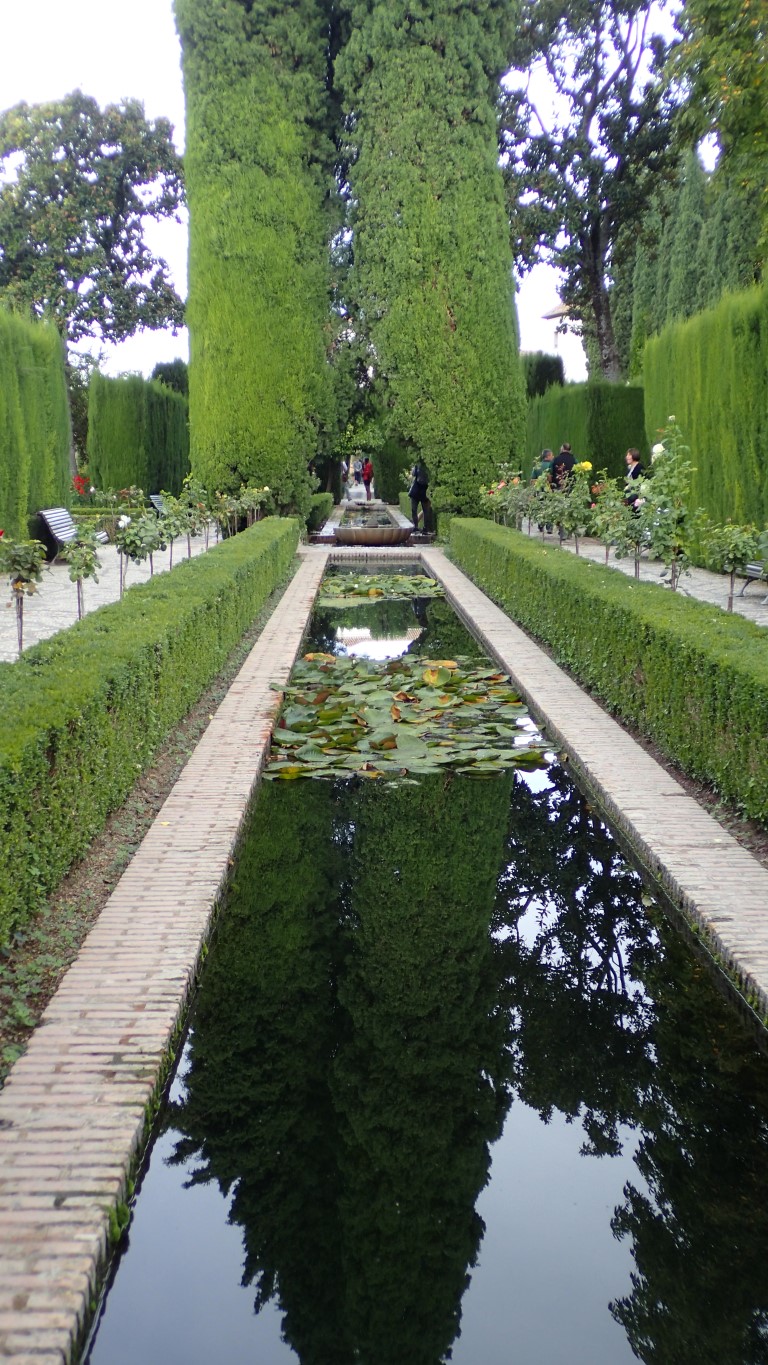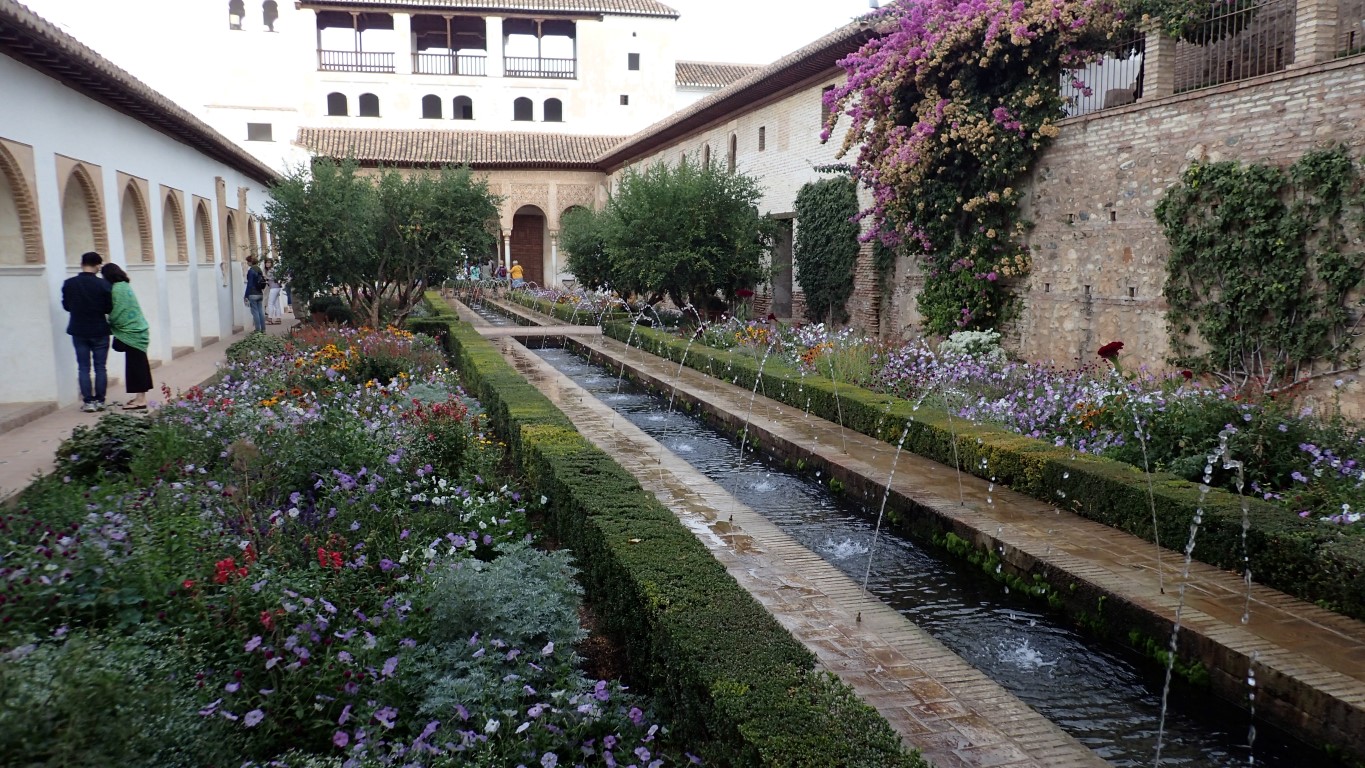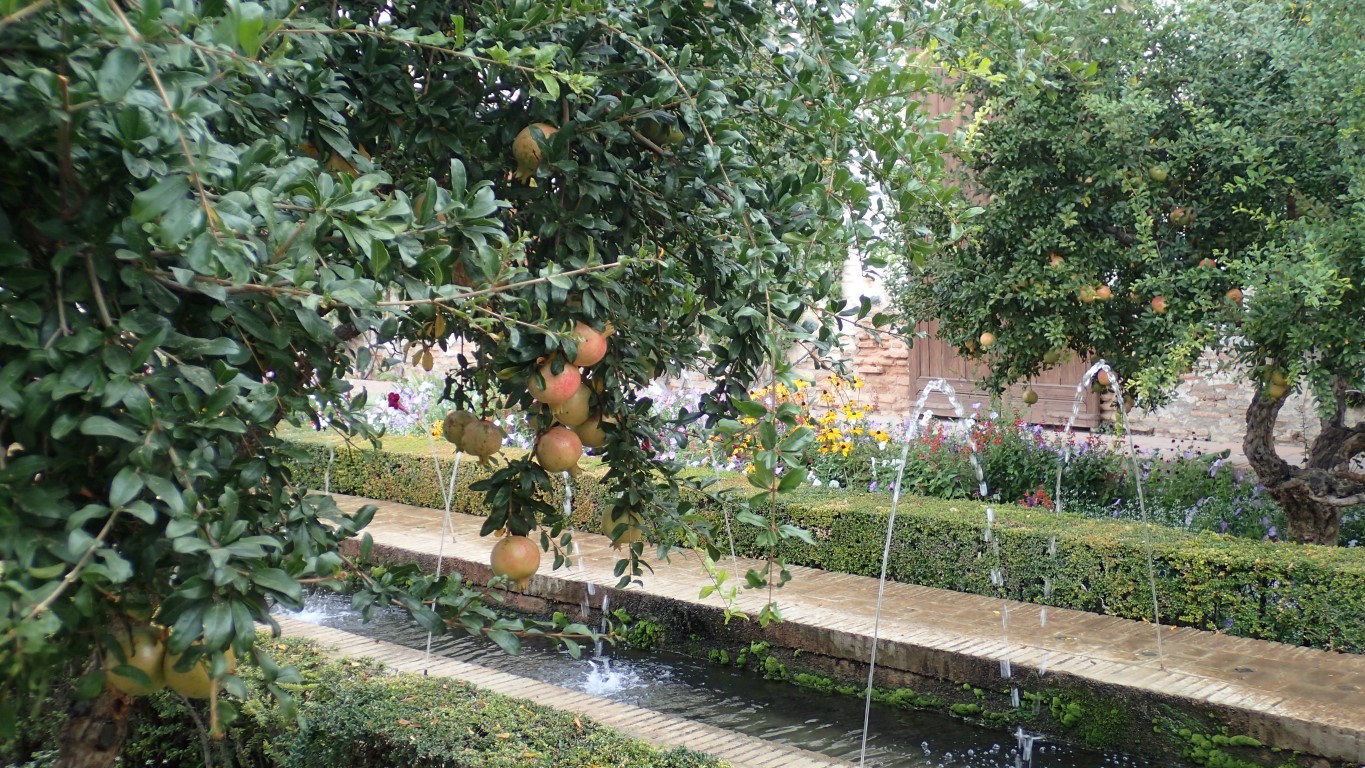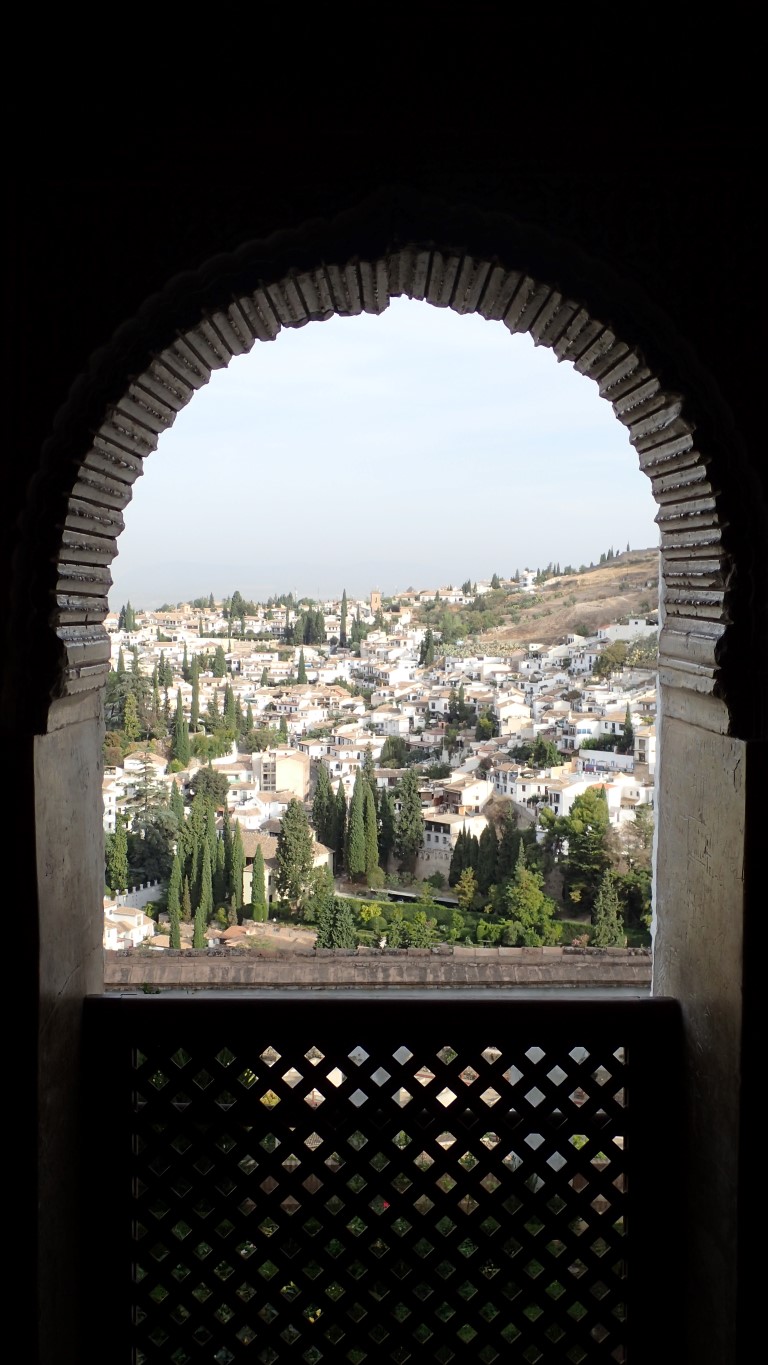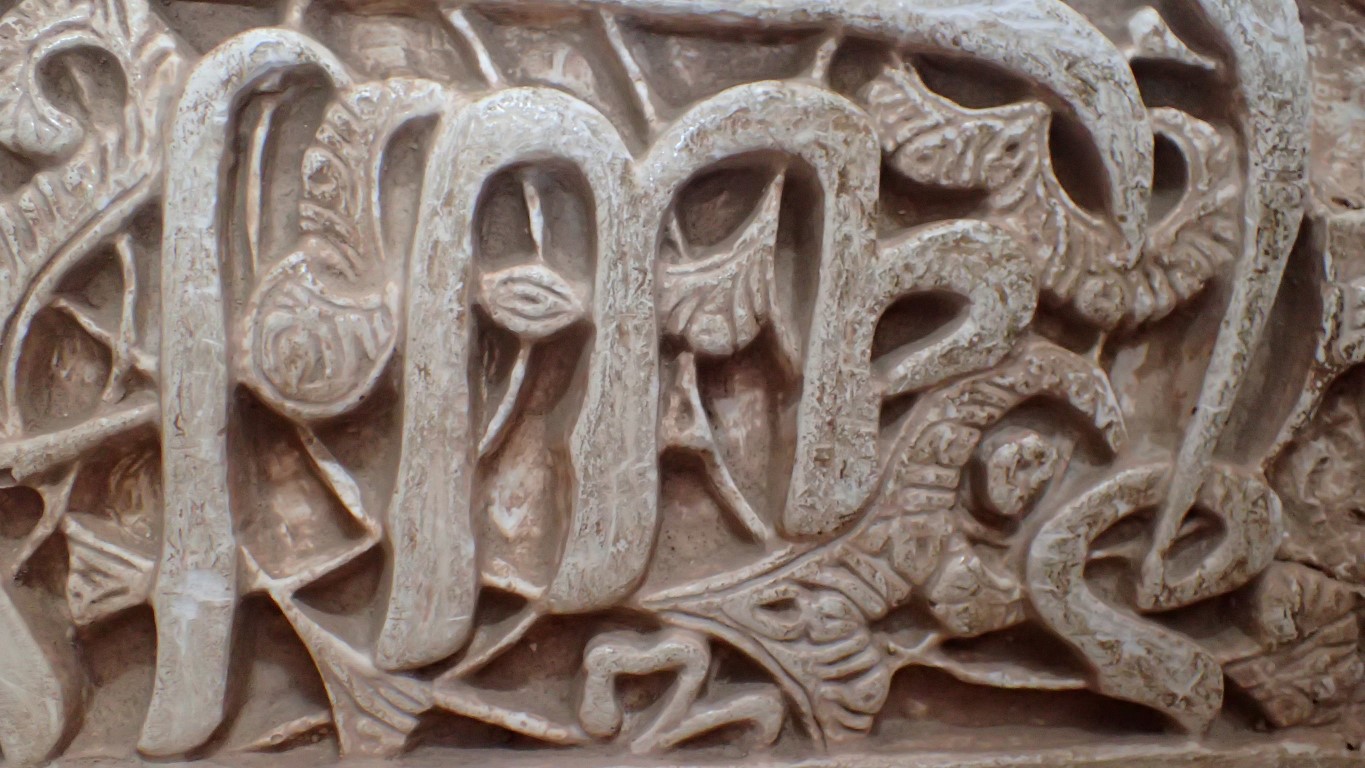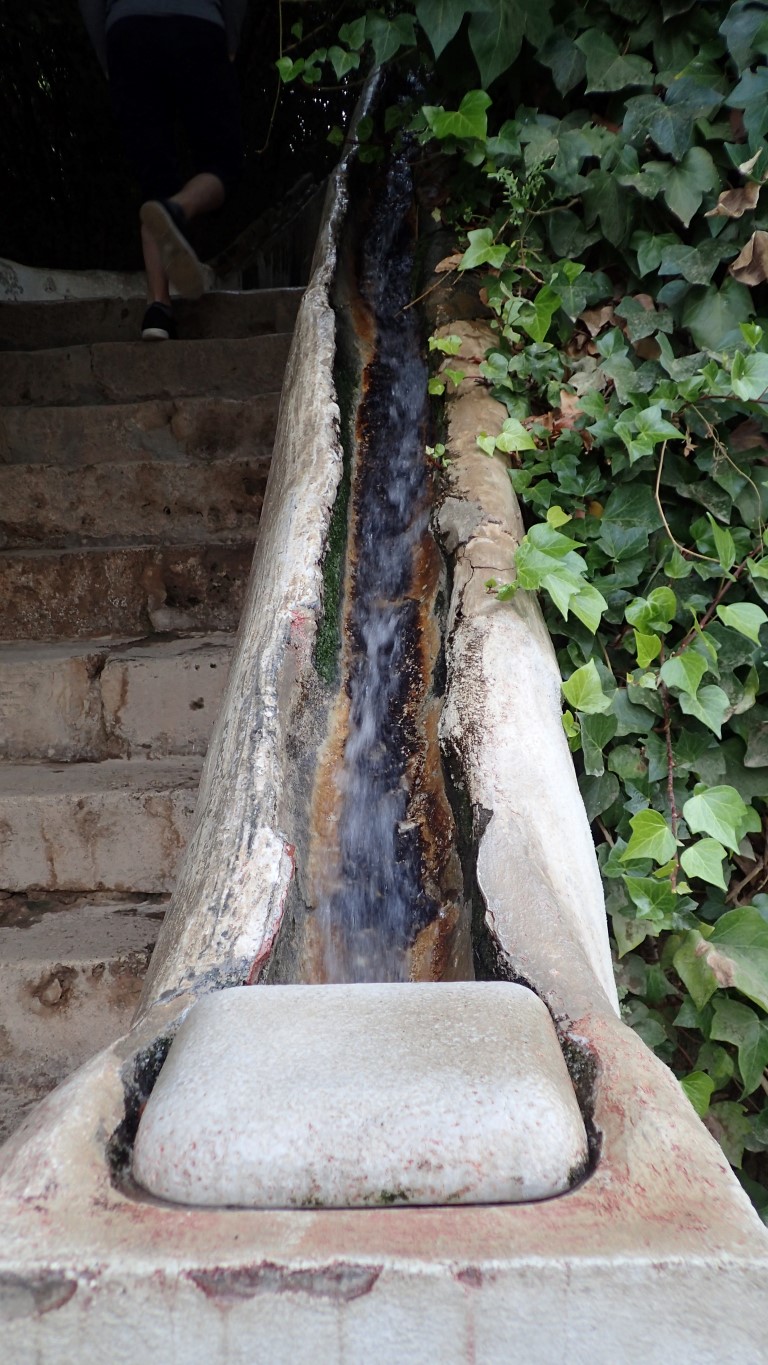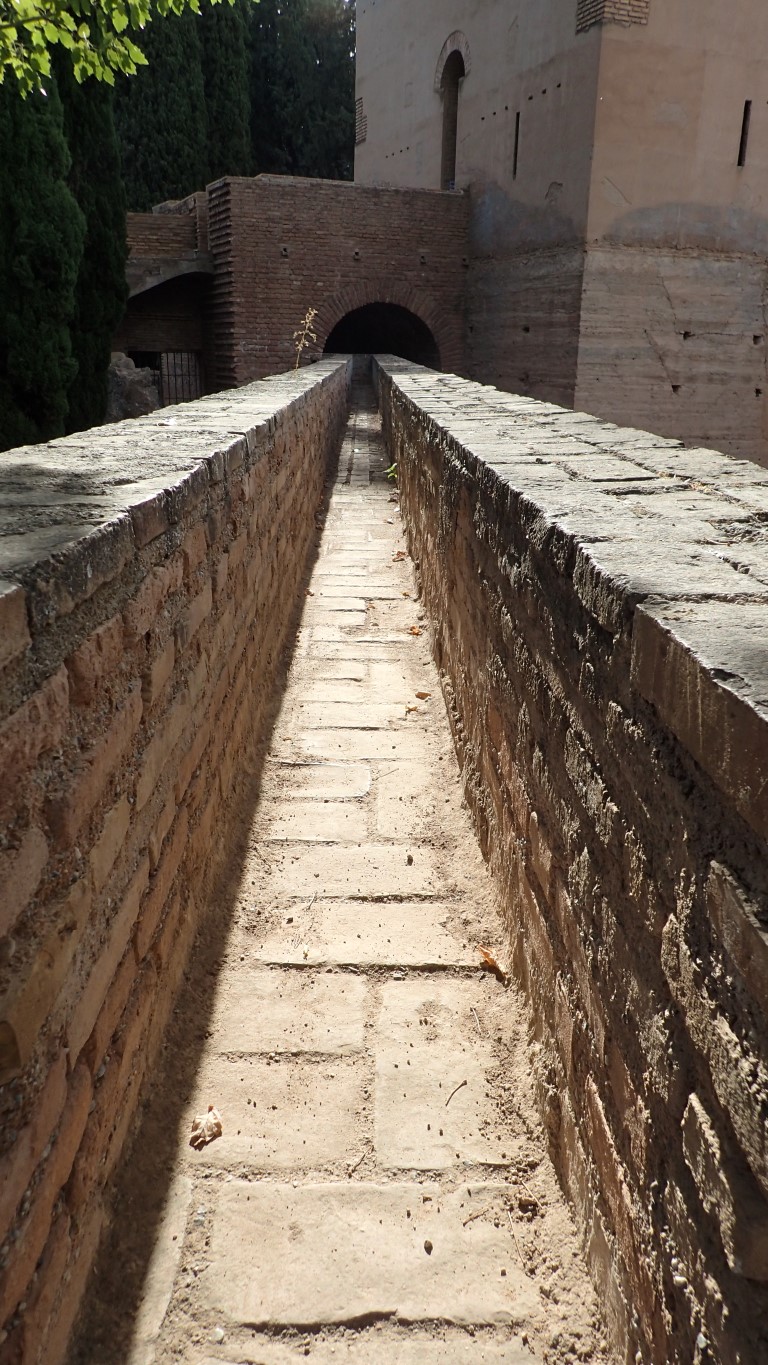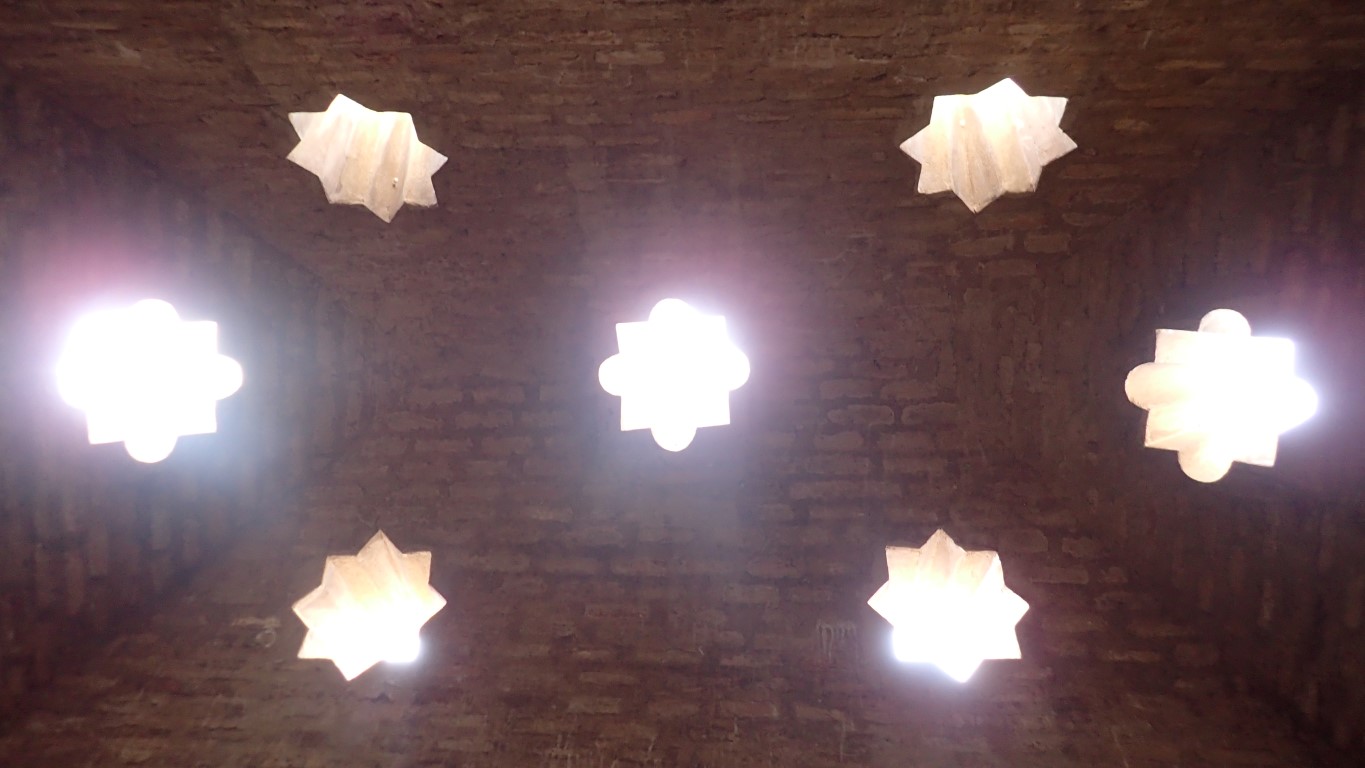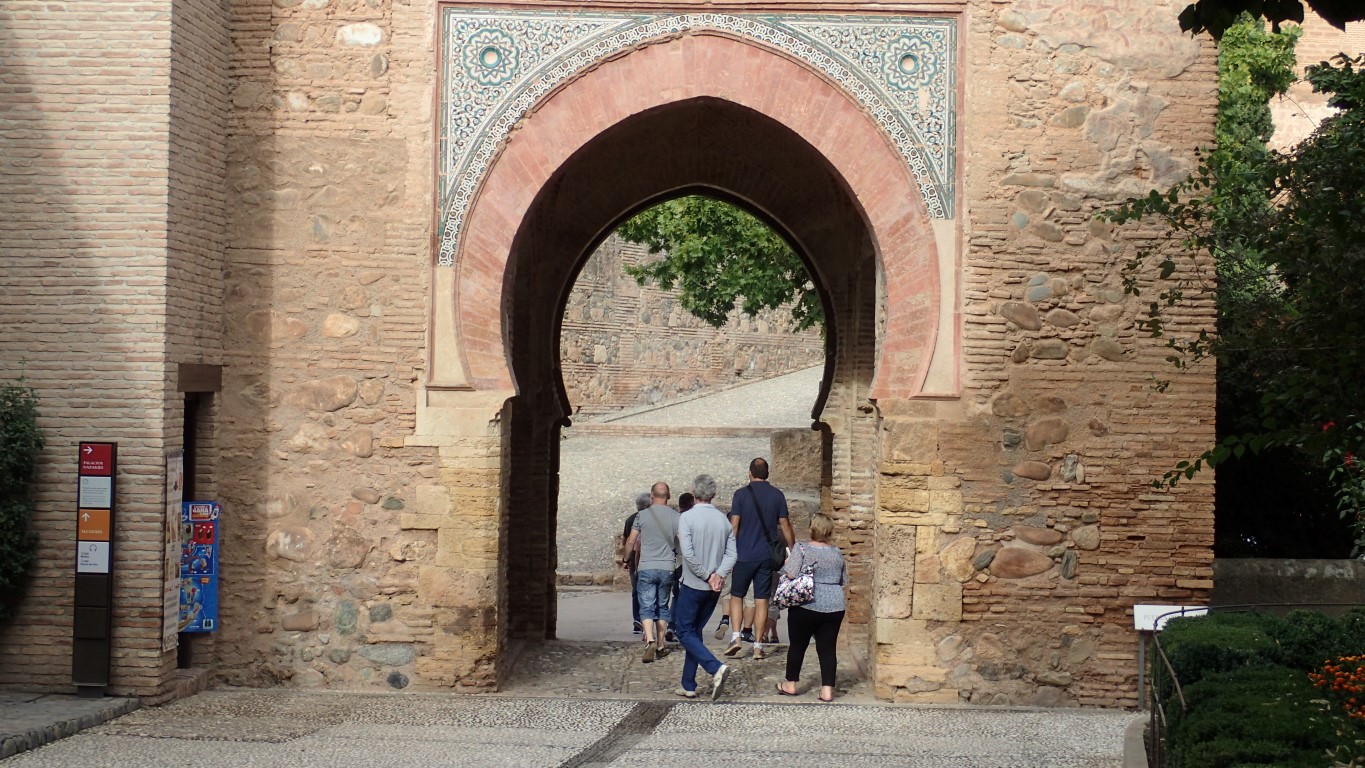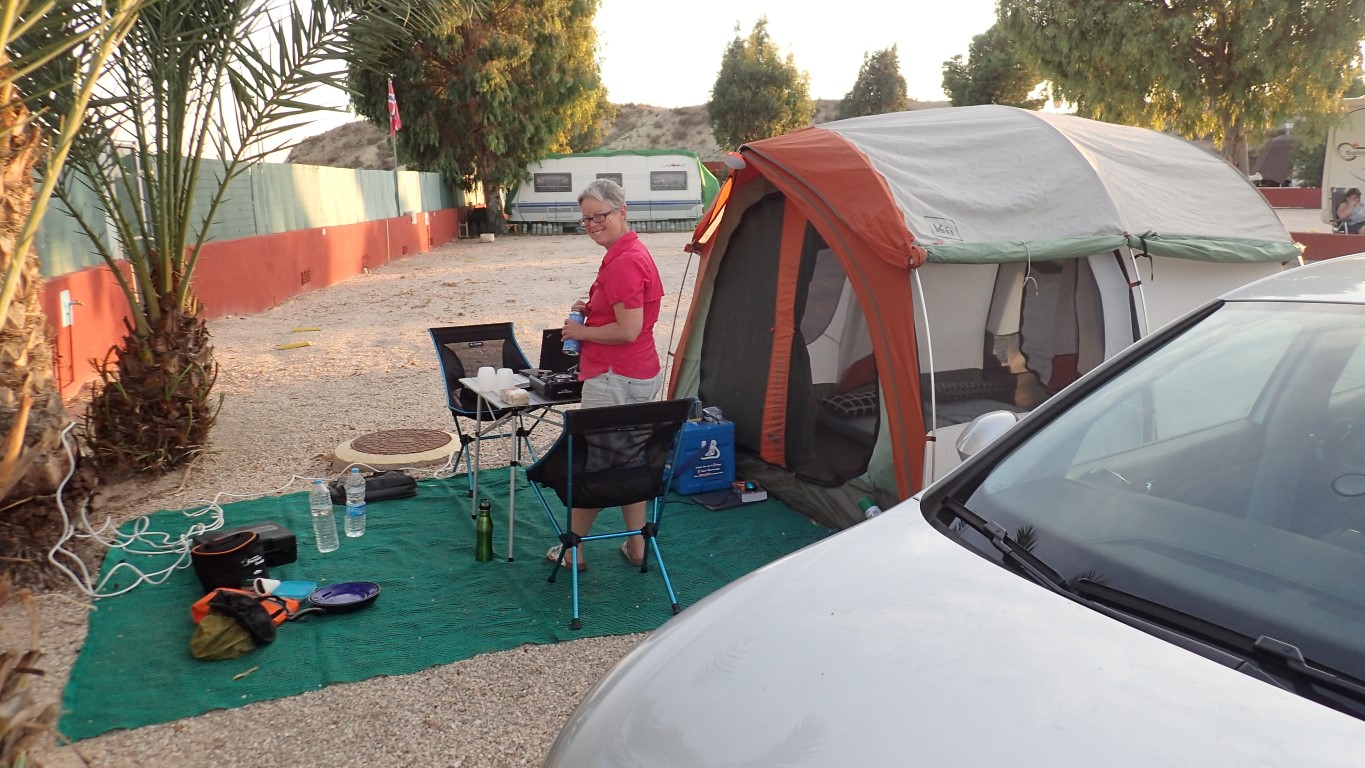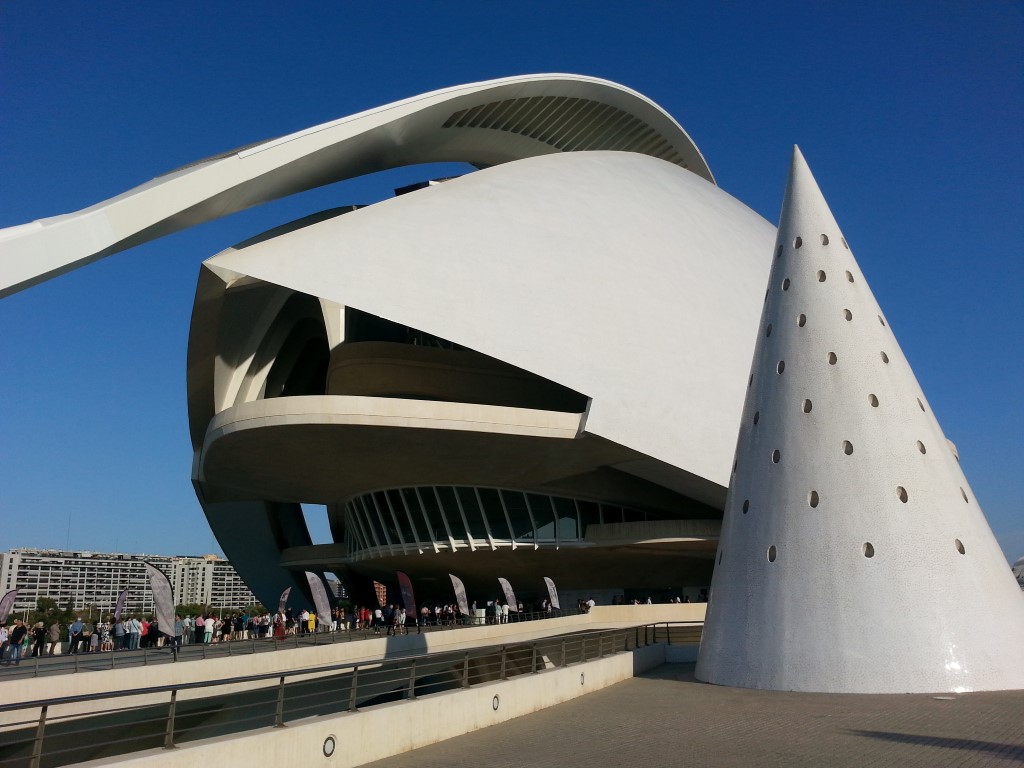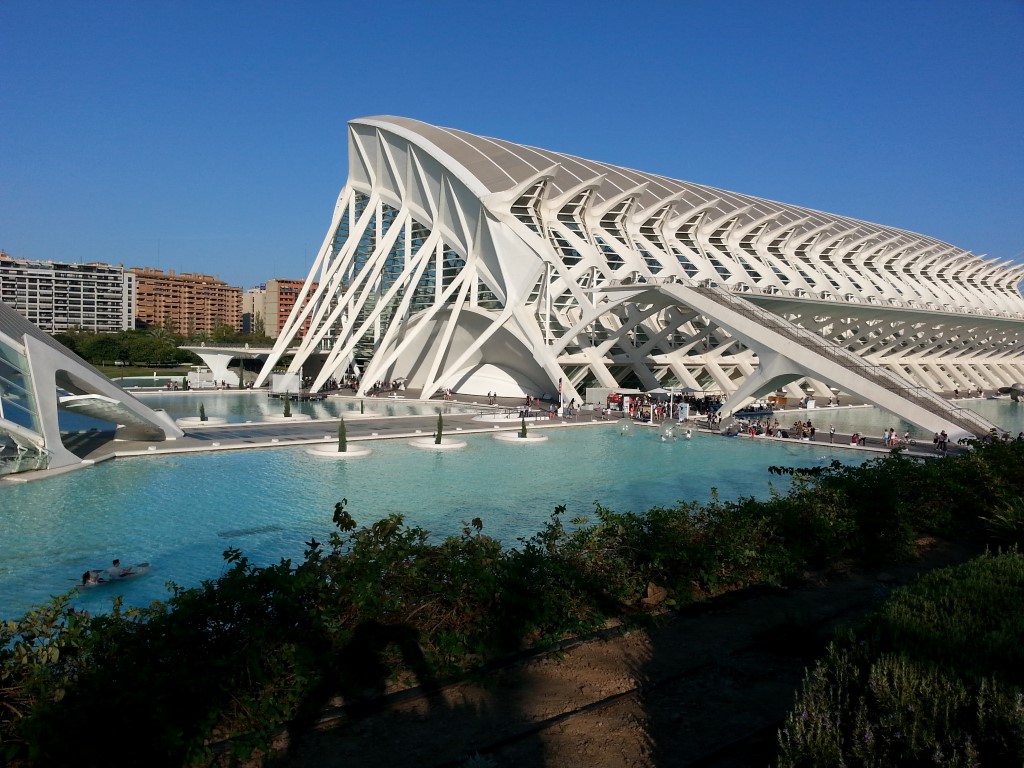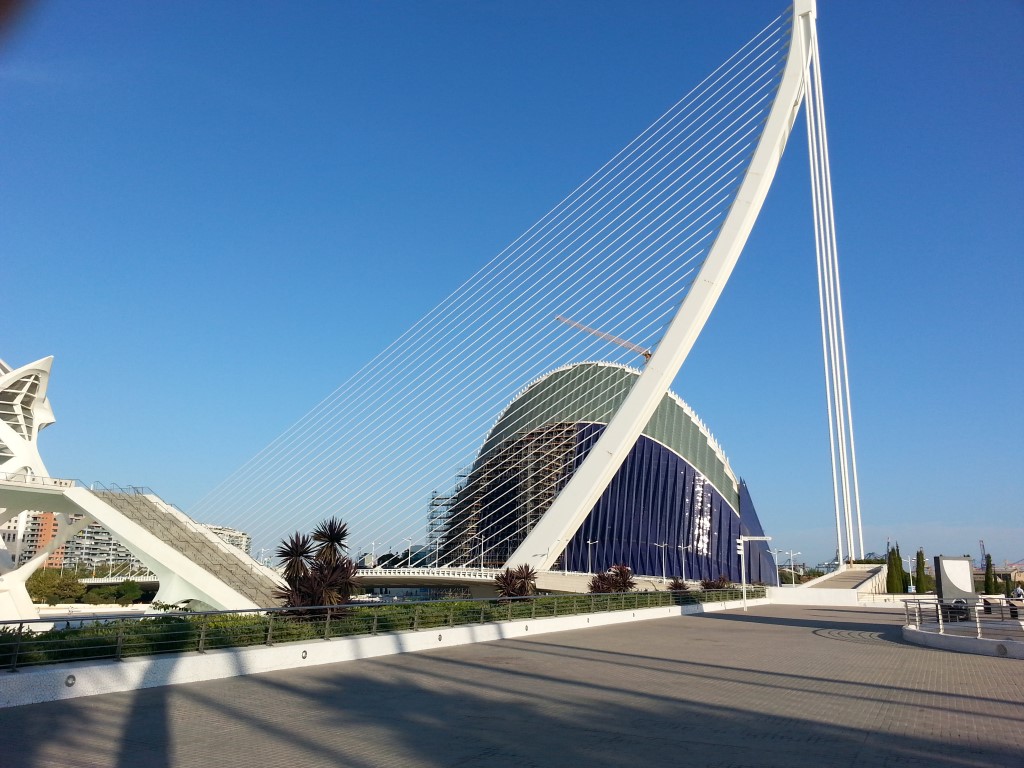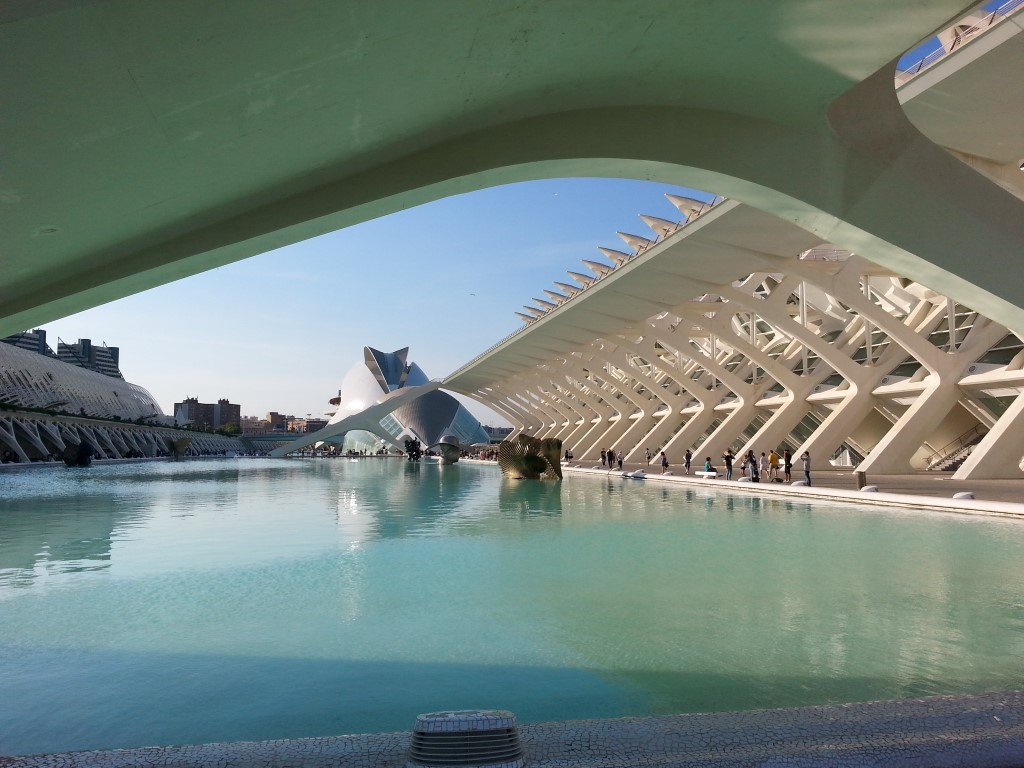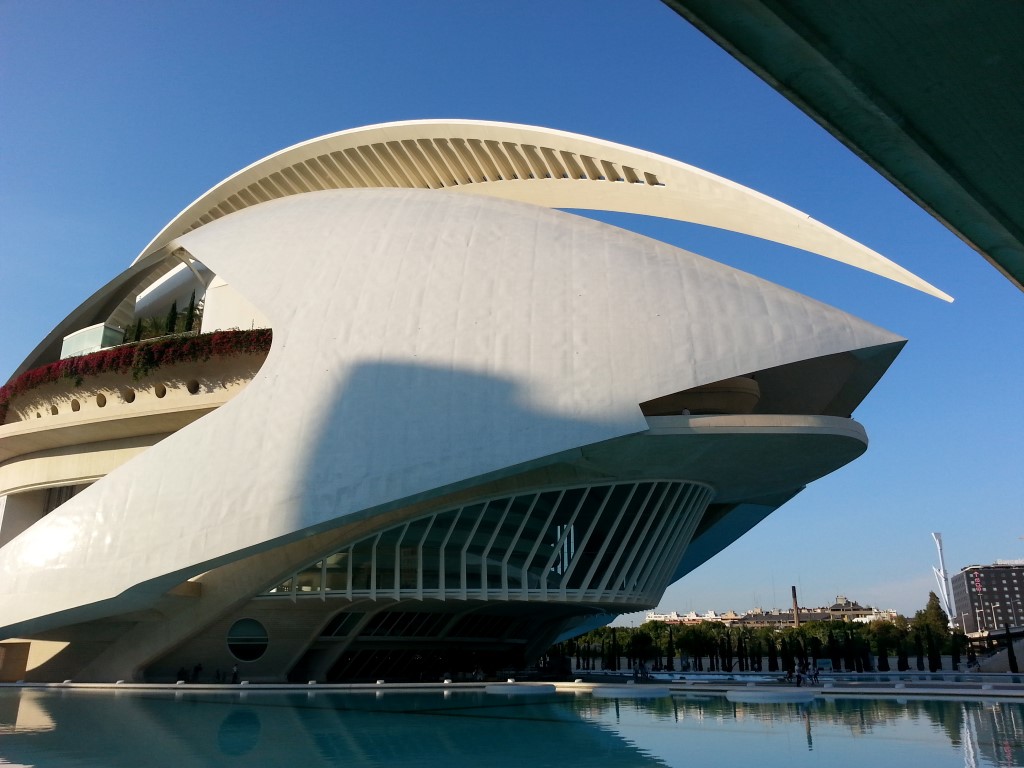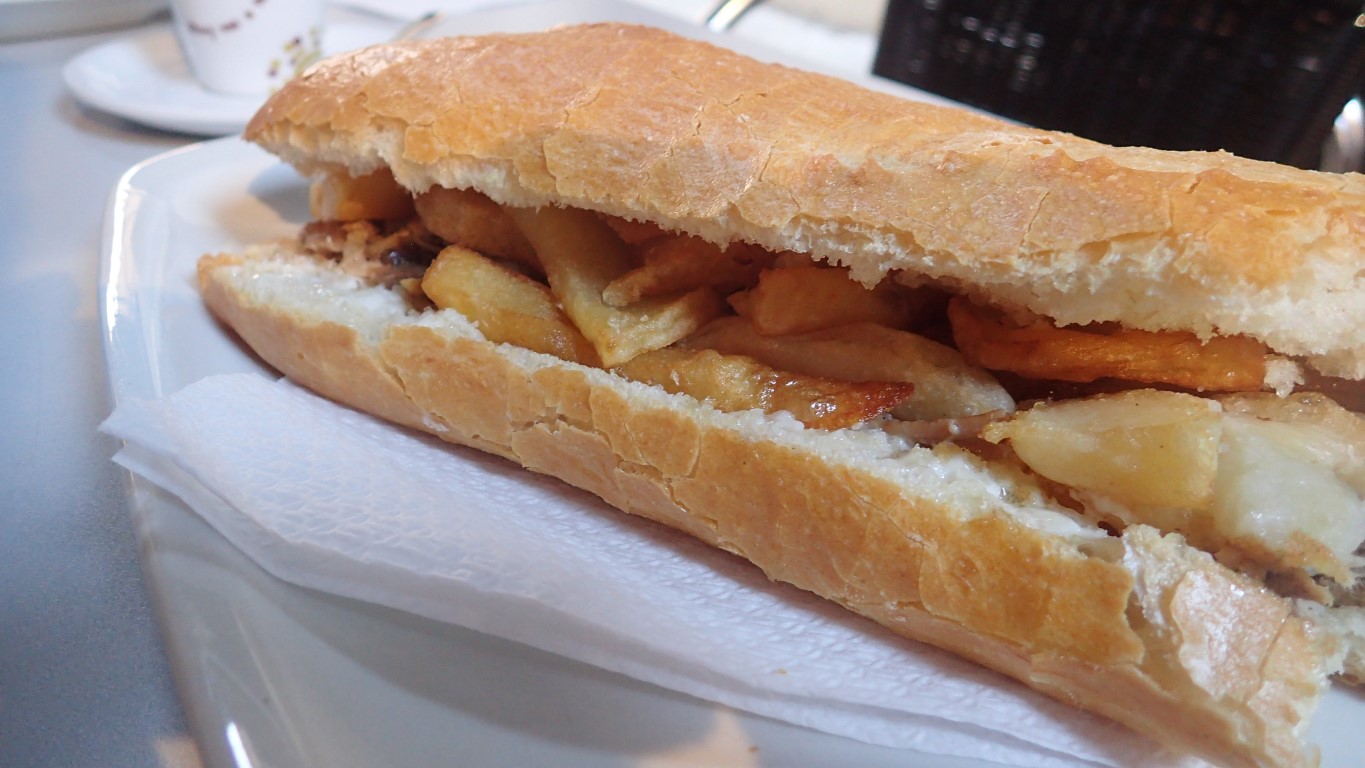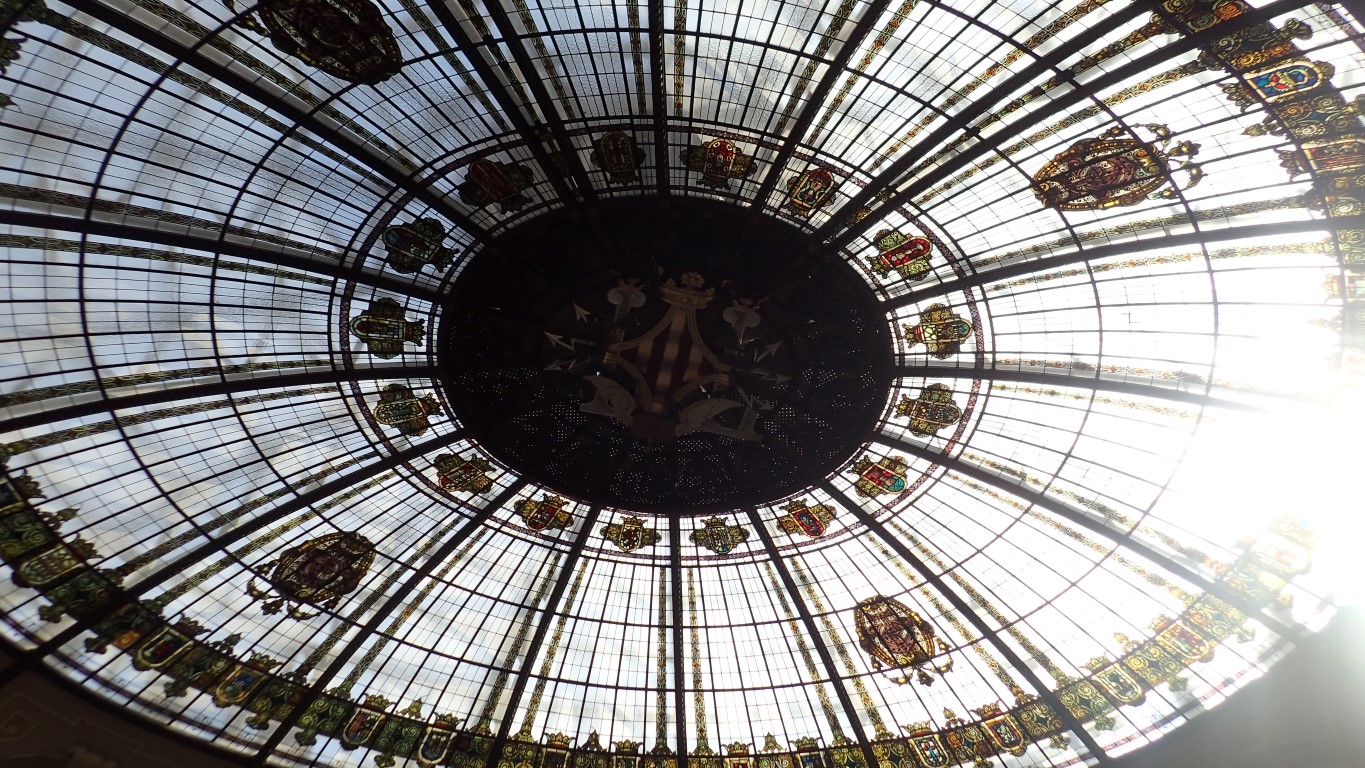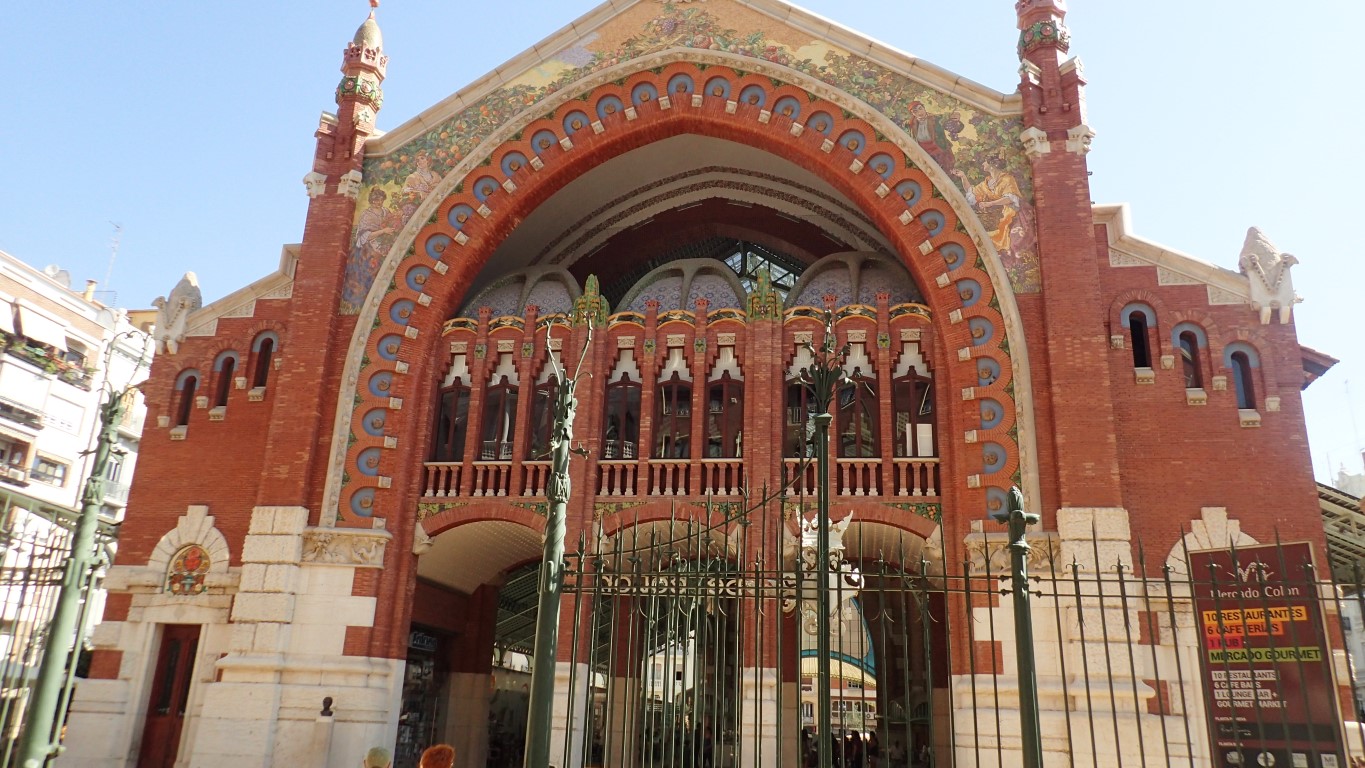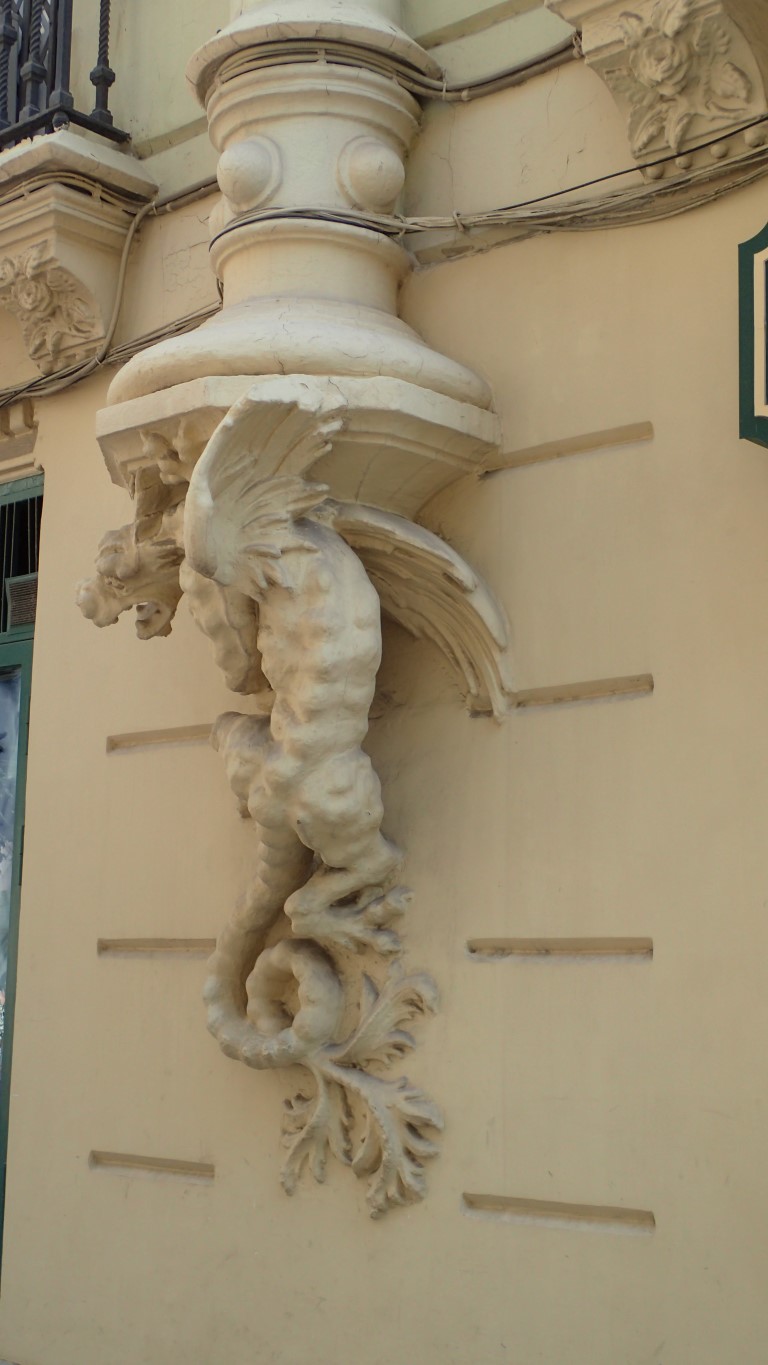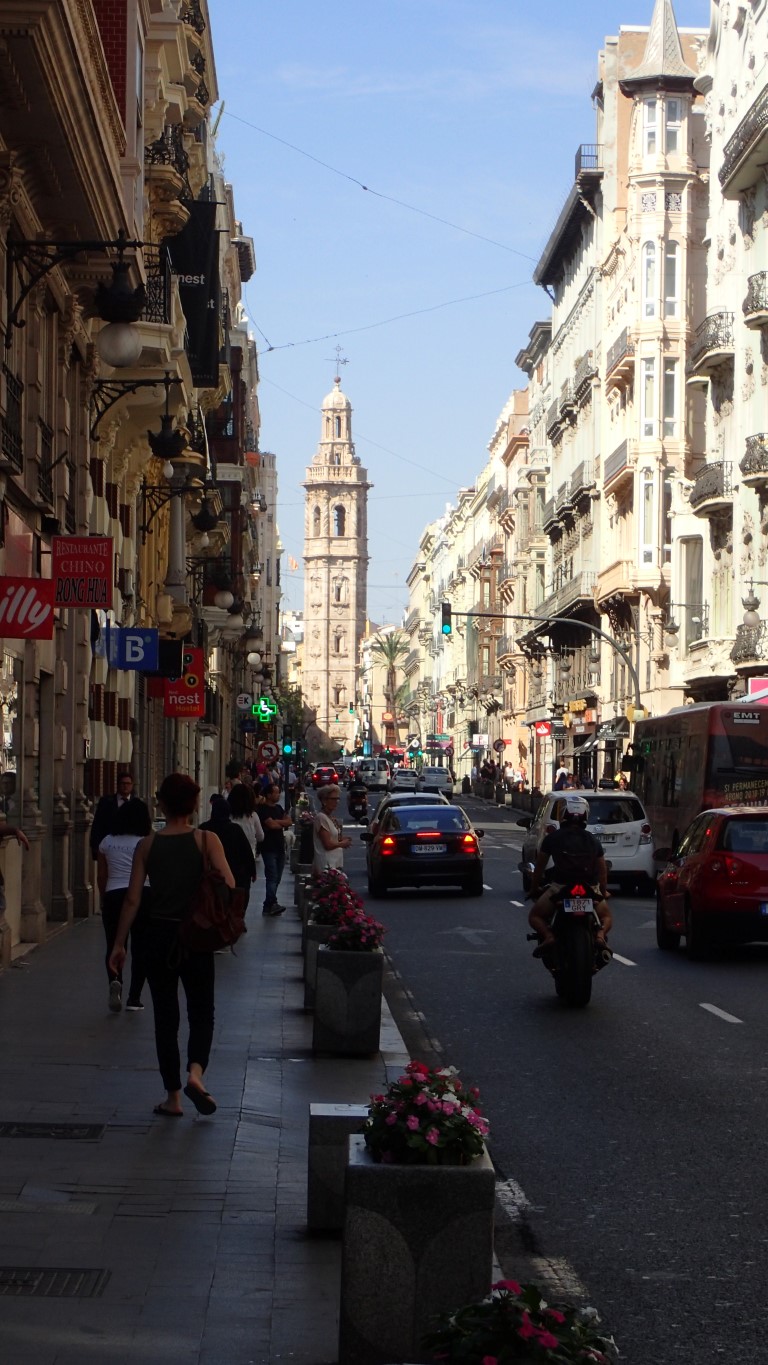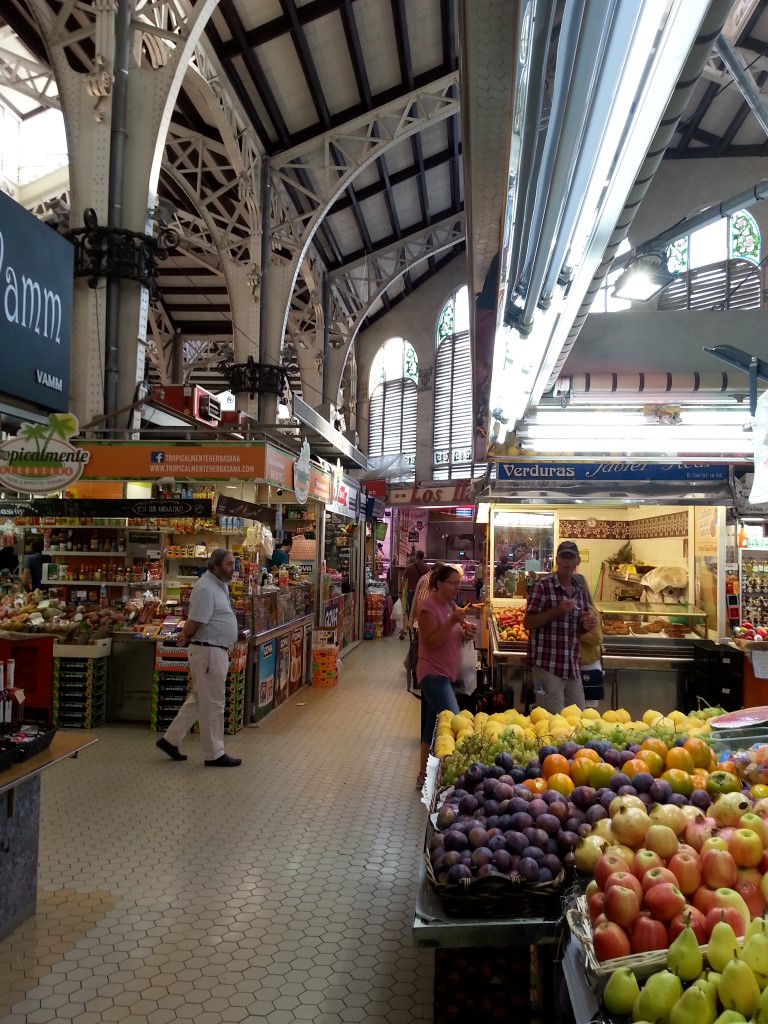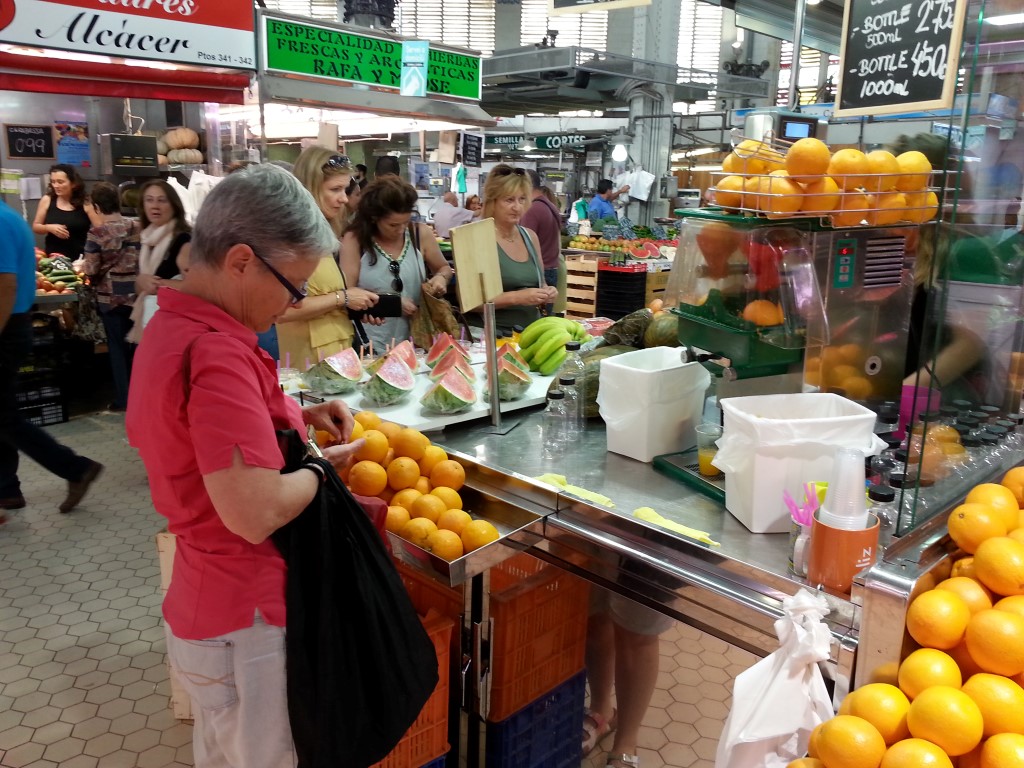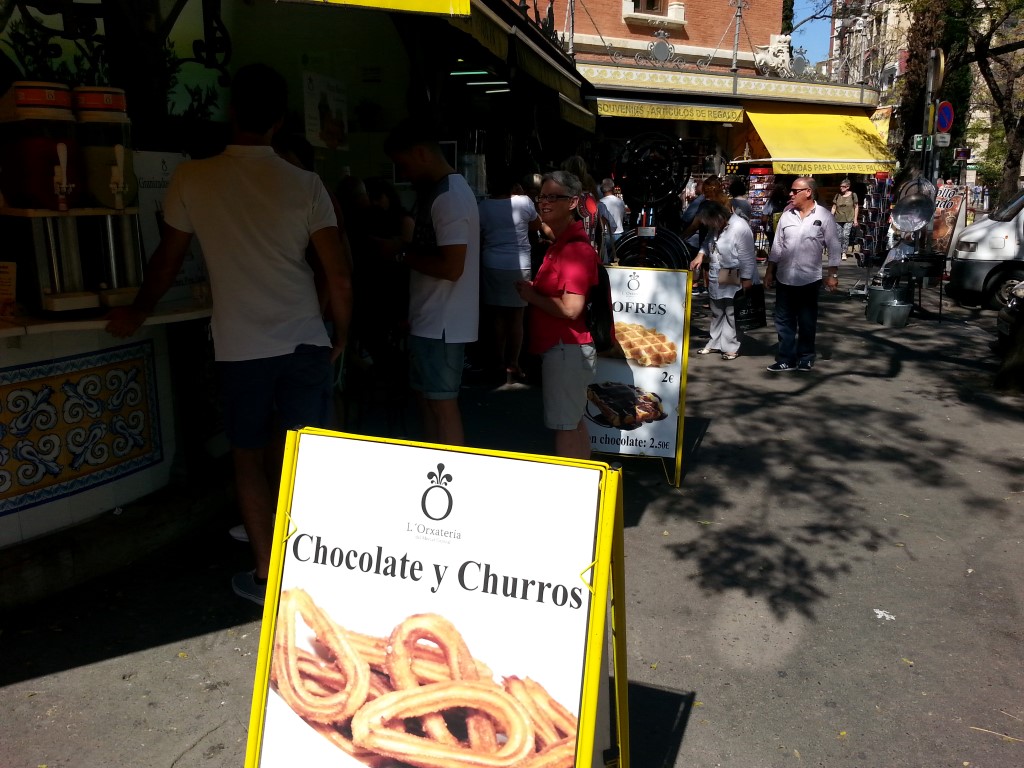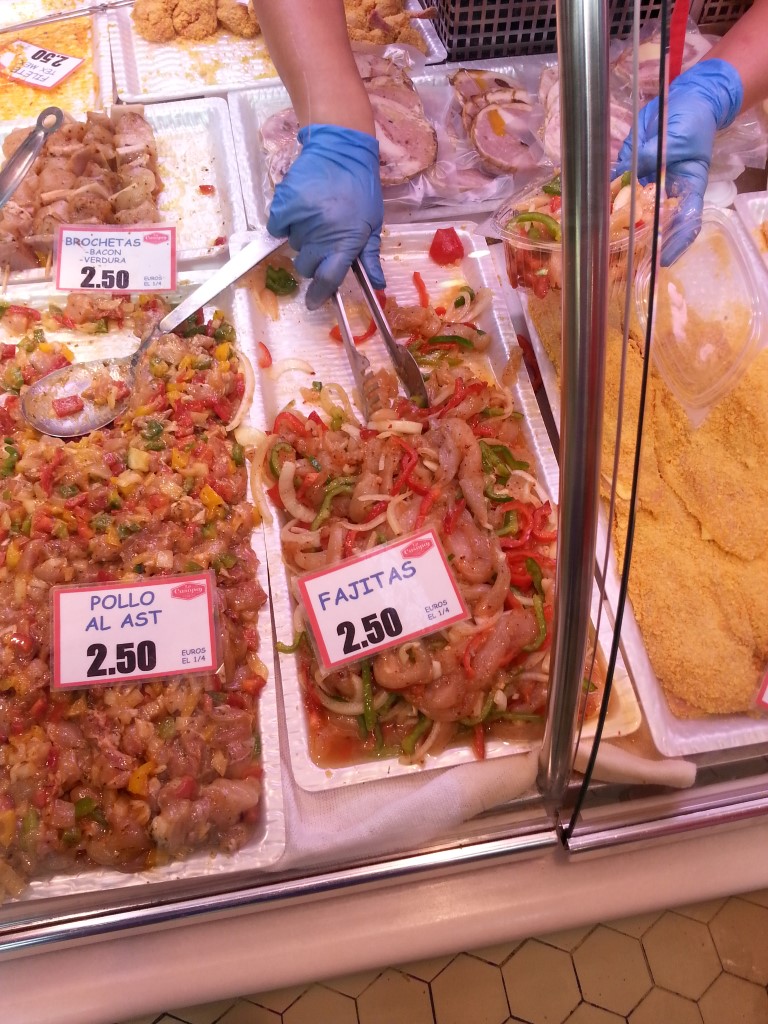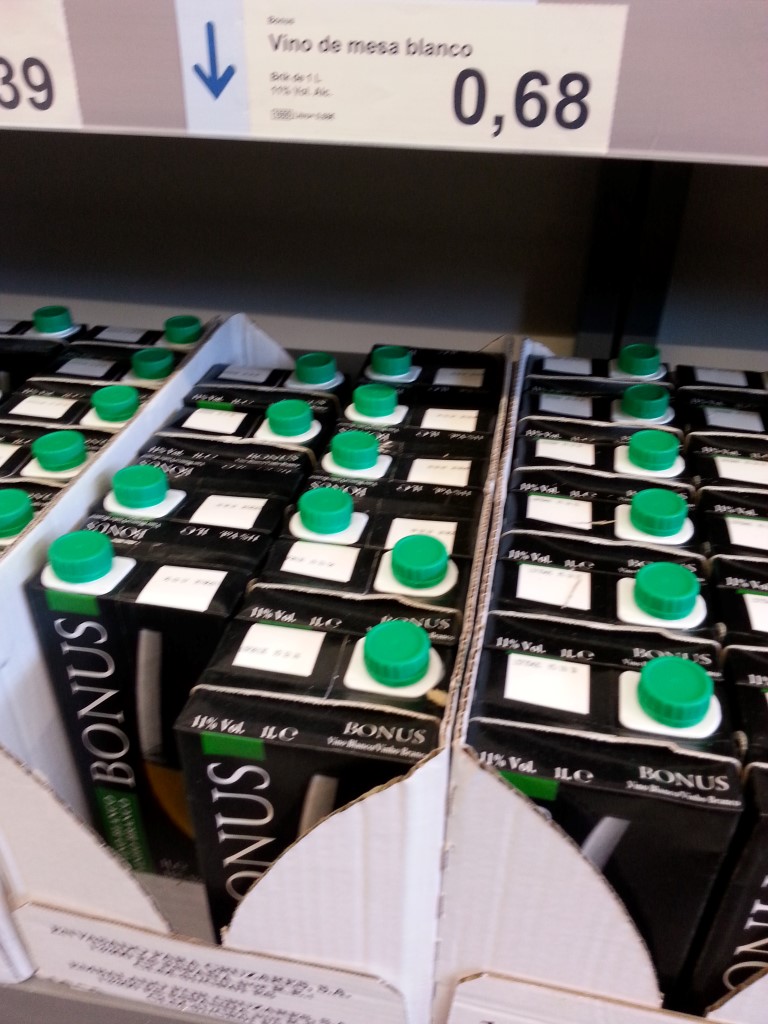This week has just zapped by, in a whirl of places and interesting things and our last few days in Spain …. and not enough blog updates. It’s now Friday evening and we fly out of Barcelona on Sunday, arriving home on Tuesday.
After our quick visit to Toledo, we skirted around Madrid, only stopping to visit the Costco in an outer suburb to get fuel before heading further north to Segovia. We stayed at a lovely Airbnb apartment there for 2 nights. The main drawcard at Segovia is an amazing stretch of Roman Aqueduct right at the edge of the old town. And then there’s the Alcazar Fortress, which was apparently used by Walt Disney as the inspiration for Sleeping Beauty’s castle at Disneyland in California. AND THEN there are the myths that the city was founded by Hercules or the son of Noah. Hmm .. let’s forget about the myths and talk about that Aqueduct and the Alcarzar. And lunch. Lunch was very good.
El Acueducto the Roman Aqueduct was built in the 1st century and no mortar was used in its original construction. I’ll just repeat that because it’s very impressive … no mortar was used in the 894 metre long series of 163 arches built with over 20,000 granite blocks. At its highest point at the entrance to Plaze del Azoguejo, it stands at 28 metres high. How did these ancient builders and engineers do it ??
The aqueduct was part of a complex system of underground canals and aqueducts that brought water to the city from the mountains 15+kms away. It was restored in the 1990s.
While we were reading up in our Lonely Planet Guide about the aqueduct, we learnt that Segovia is also well known for its roast lamb and roast suckling pig. We tend not to eat out much when we travel because I like to cook like the locals cook, but we do like a good roast, so we found a restaurant which specialied in horno de asar roasts and had a lovely lunch: Entree – ‘grandma’s soup’ and butter bean stew, Main – cochinillo asado roast pork with salad, Dessert – arroz con leche creamed rice for Greg and creme caramel for me. Plus wine.
After that, we needed a big walk, so we headed to the Alcazar. Up a few hills, took a wrong turn somewhere, got back on course and eventually got to the top of the old part of town with the Alcazar on the edge. It looked … unimpressive … from the main entrance. A boxy fortress, a couple of turrets that were a bit reminiscent of Rapunzel and other fairytale princesses, but not really what we’d expected. We didn’t go inside because it all burnt down in the mid-19th century and what is now there seems to be an over-the-top reconstruction. We did find that Sleeping Beauty-like castle we were expecting when we drove to a viewpoint on the outskirts of town. Our Airbnb host has a lovely photo of it in snow, plus a few more on the Airbnb listing for his place – here.
We left Segovia on Wednesday morning and put in a long day’s drive towards Barcelona. We stayed at Lleida at an Ibis Budget hotel and then headed to BCN on Thursday. It was Spain’s National Day, October 12th and everything was closed, but we found bread at a servo on the motorway and went straight to the Avis counter at BCN to extend our rental car hire for a couple of days. We’re staying at a very good campground about 30kms north of the city.
